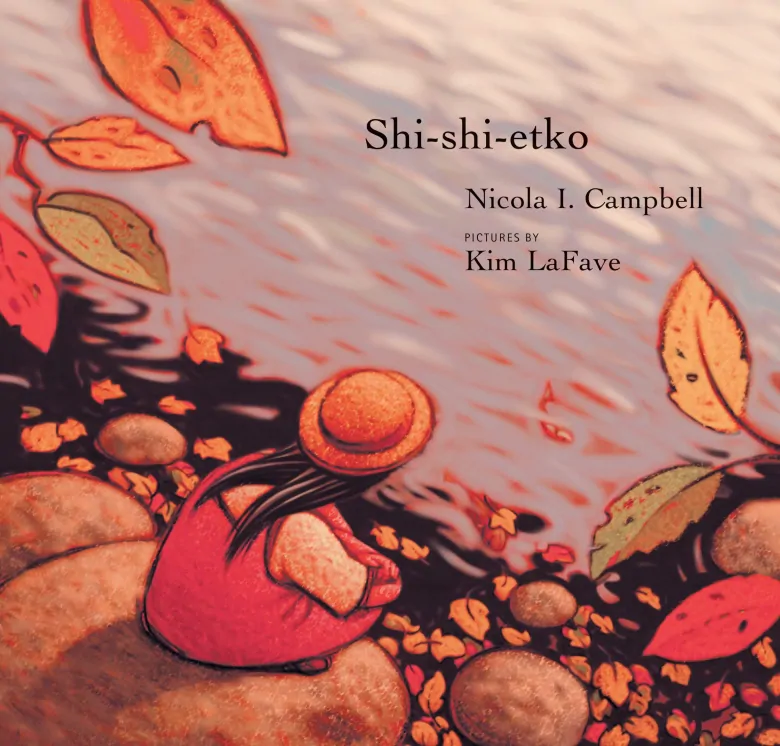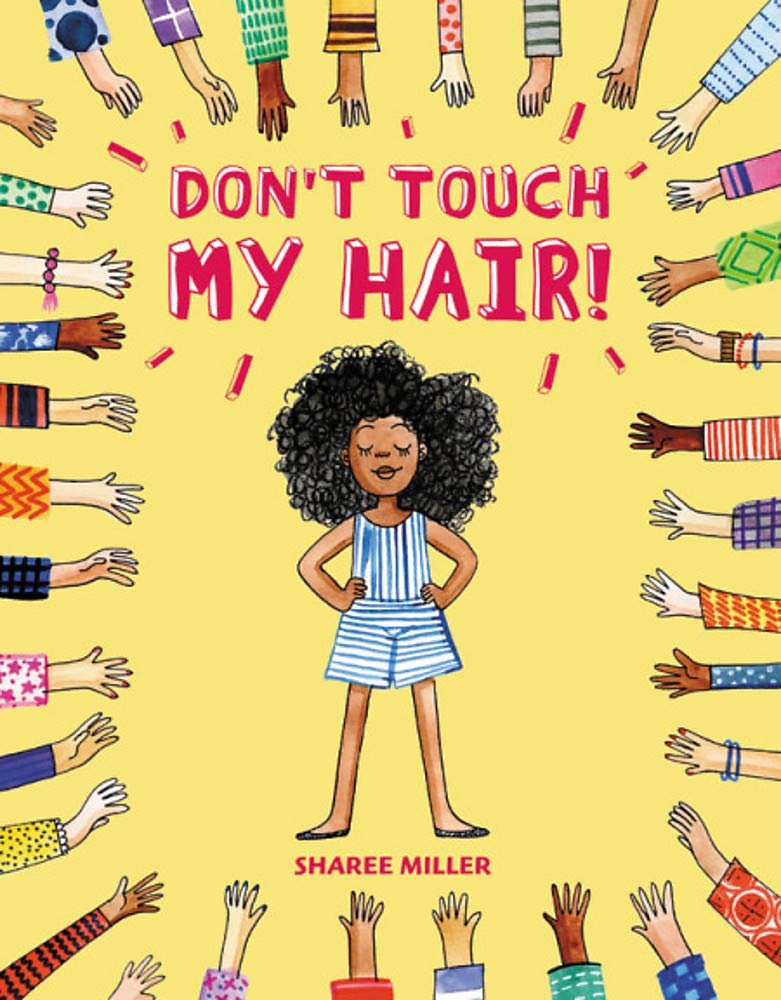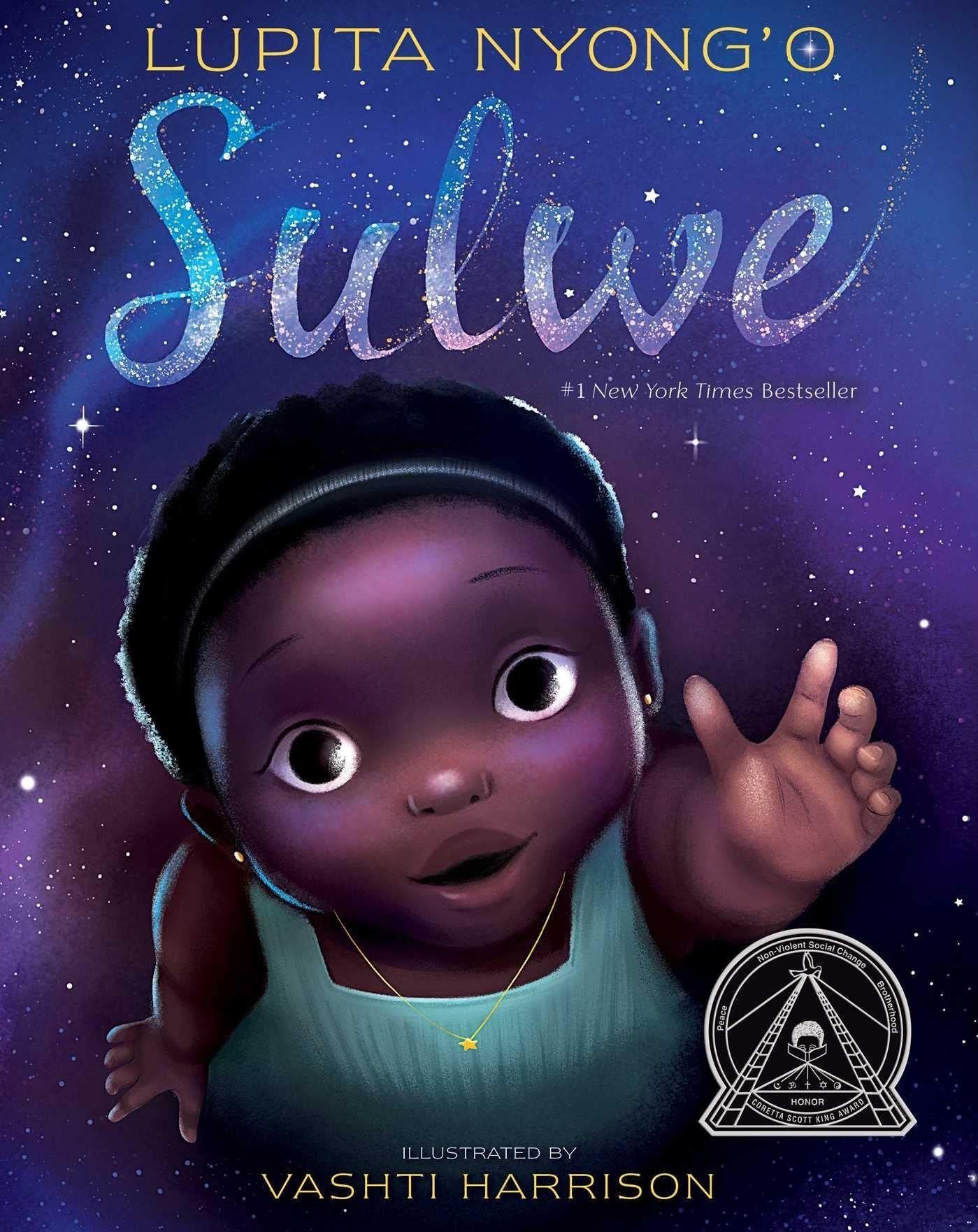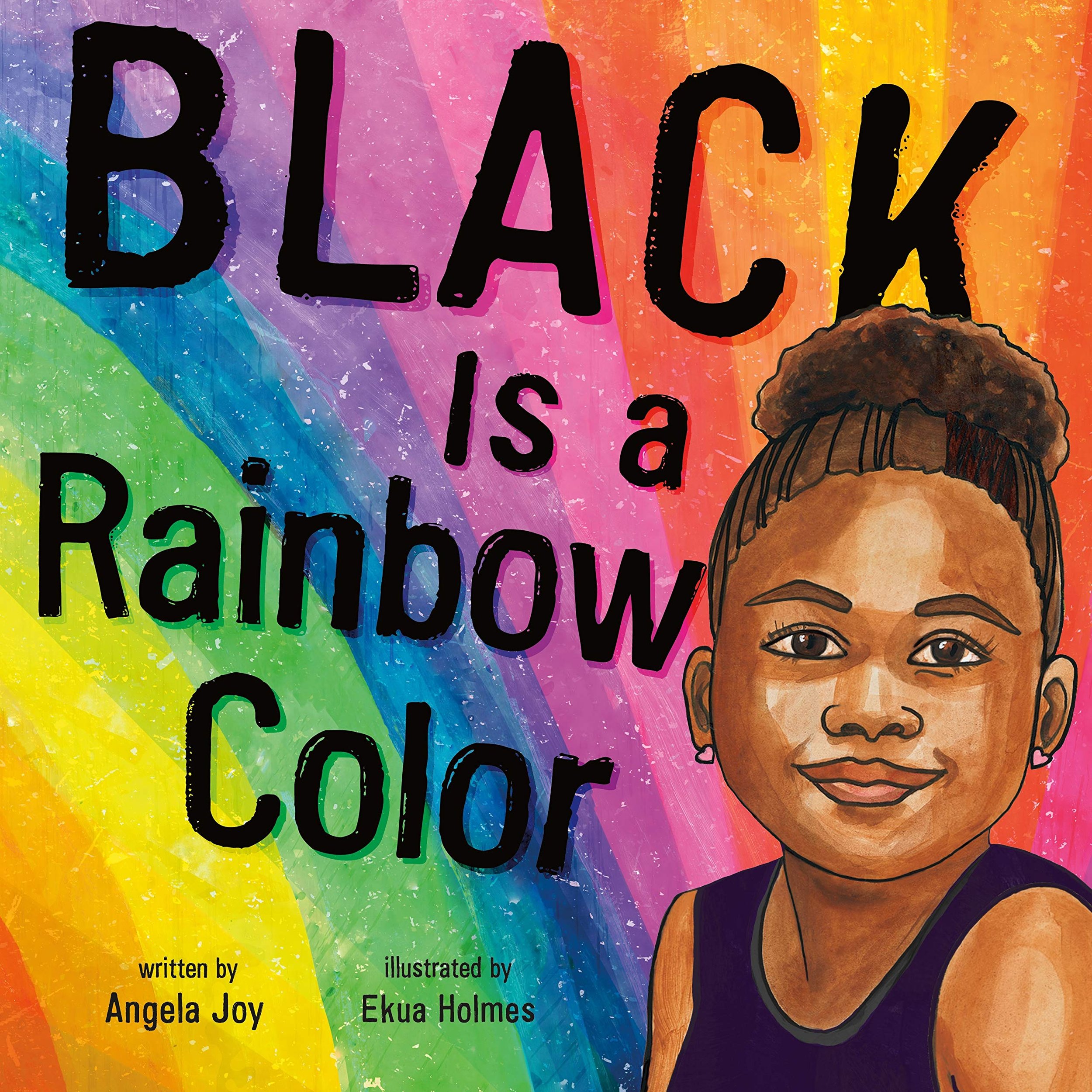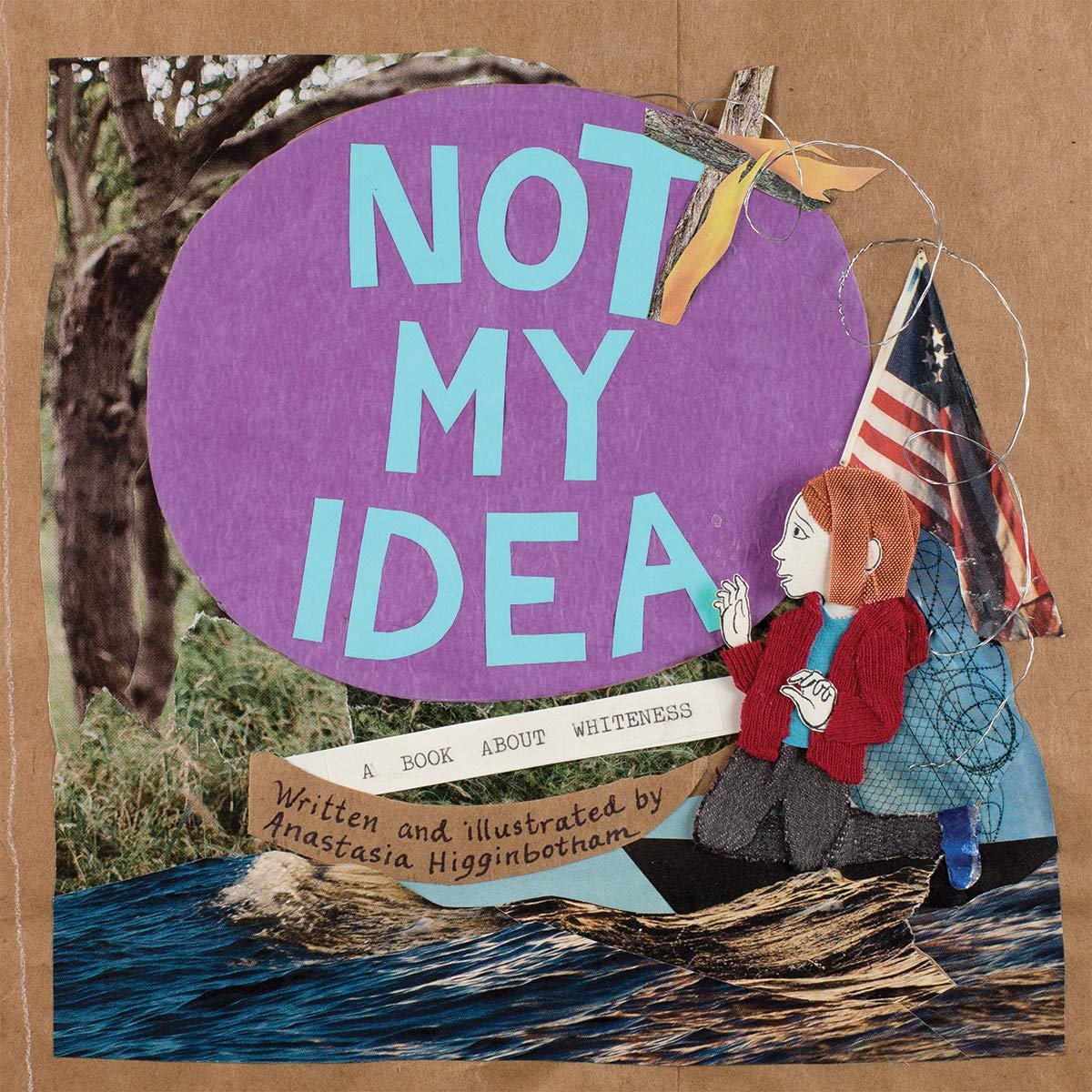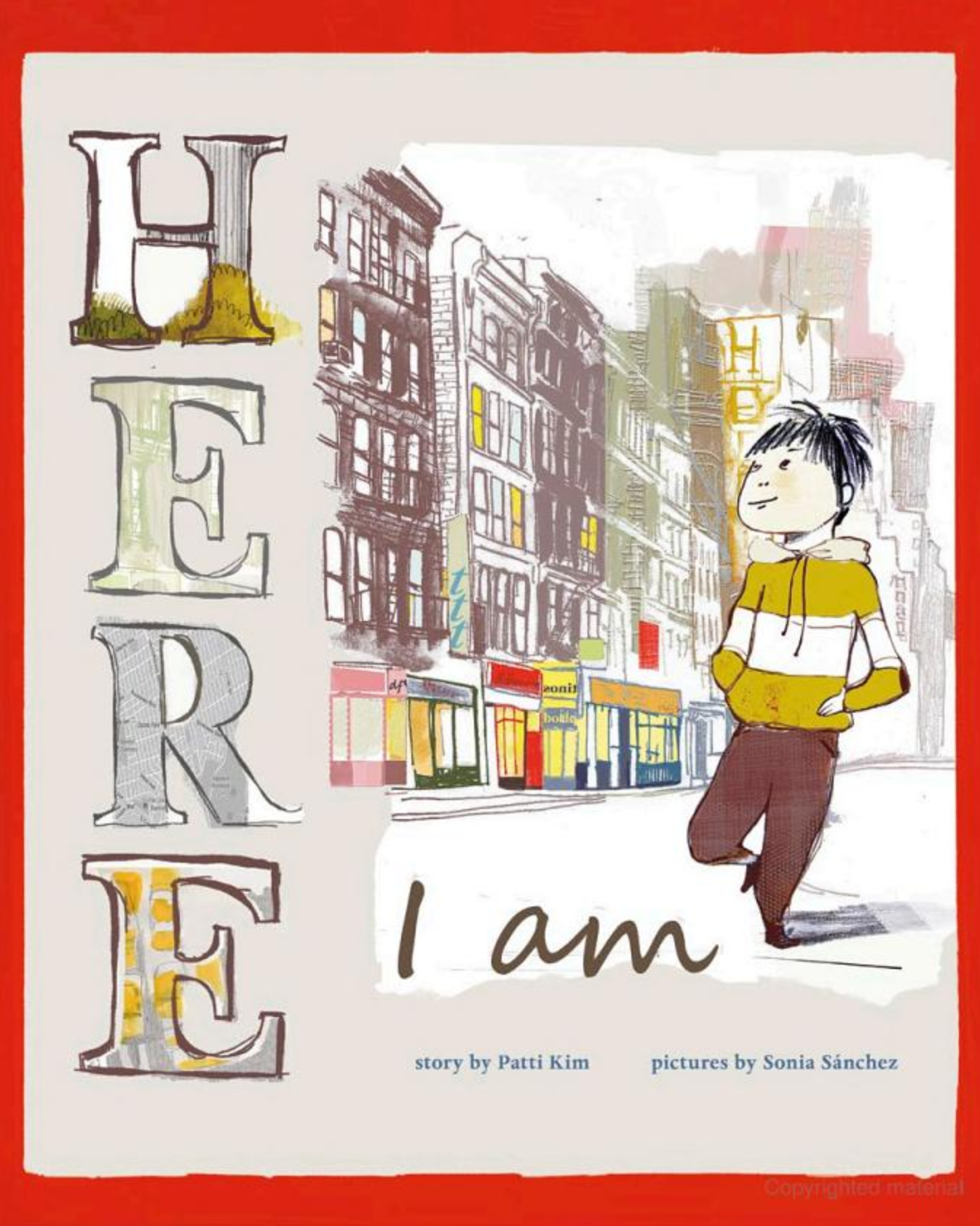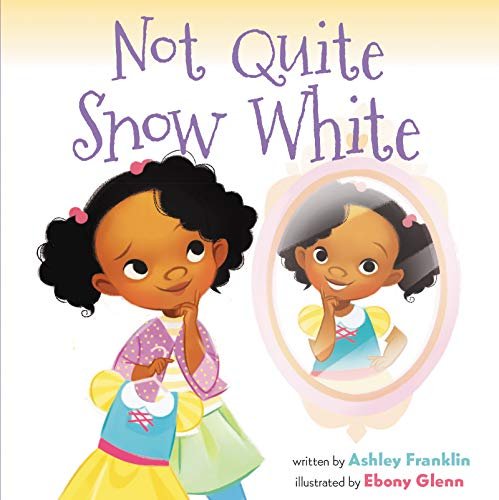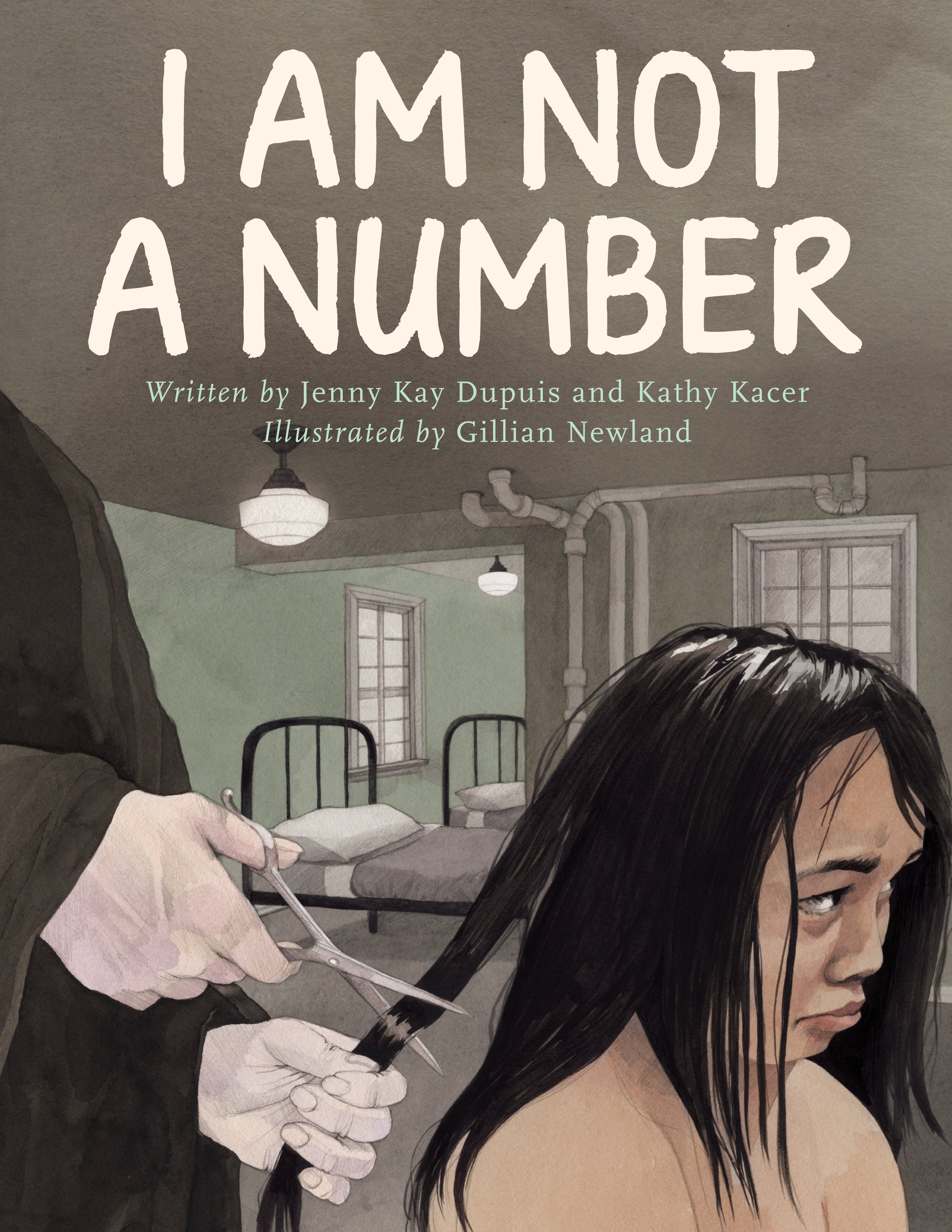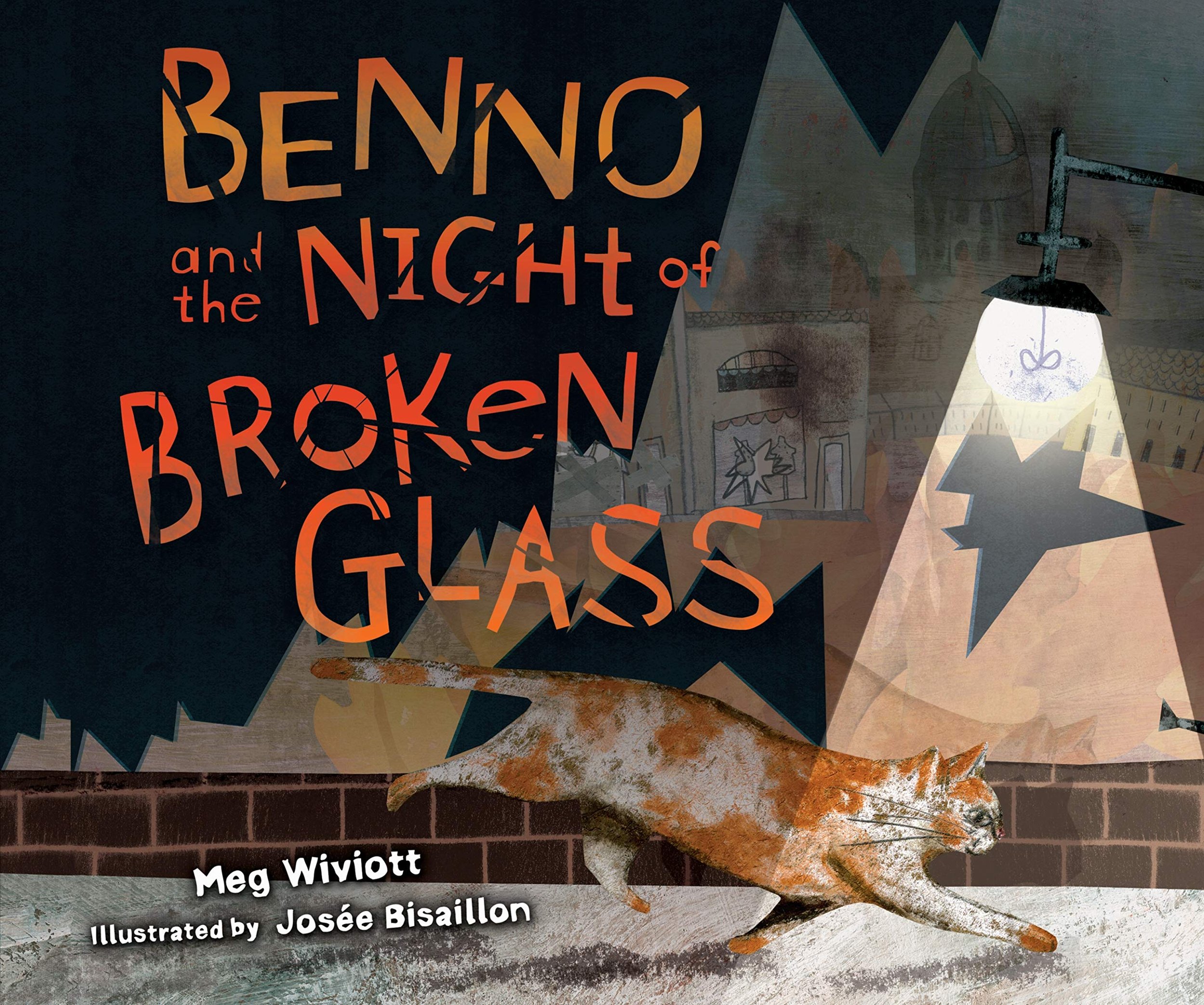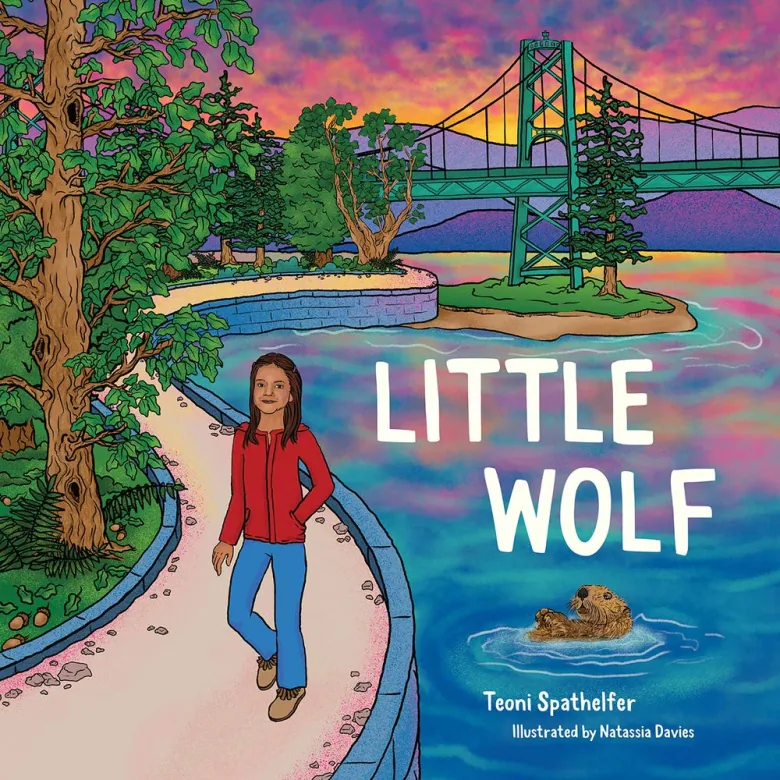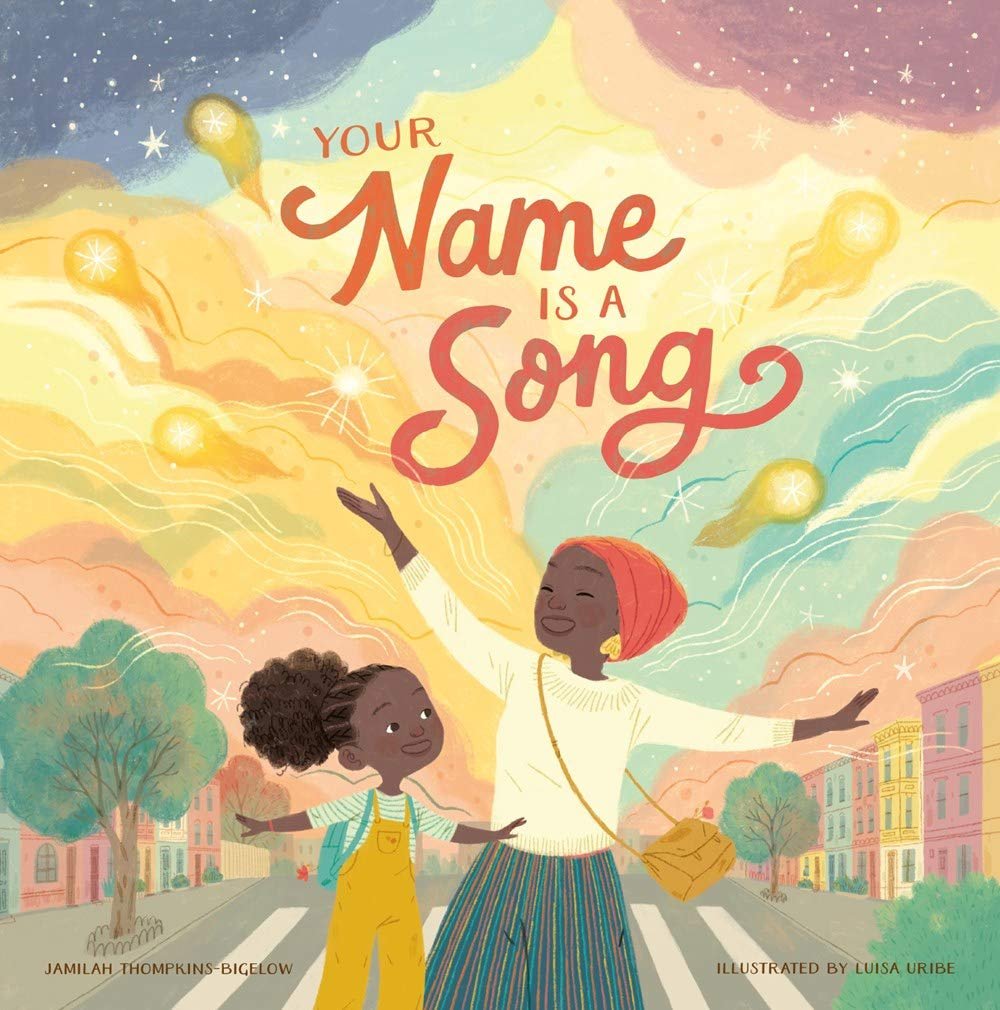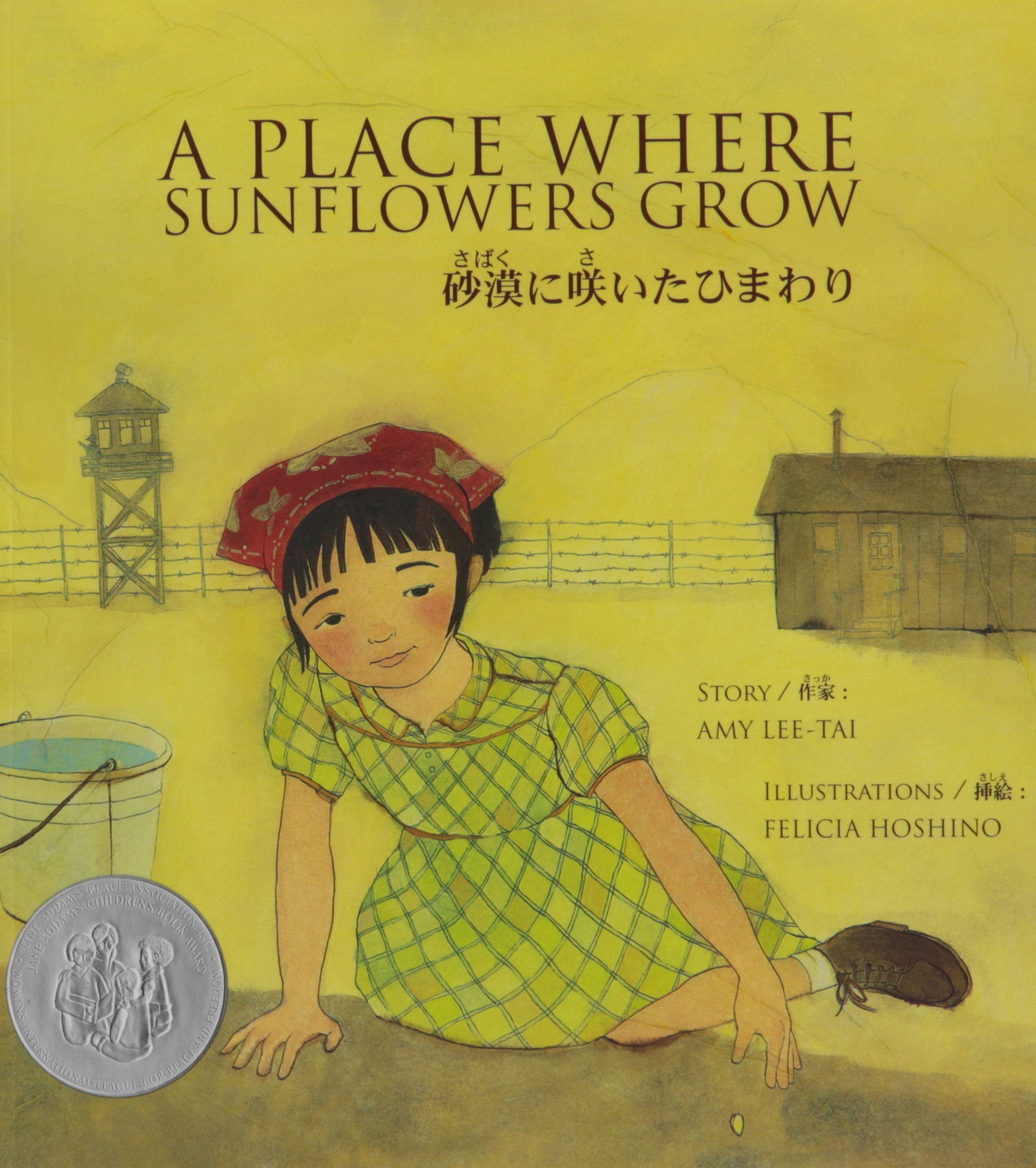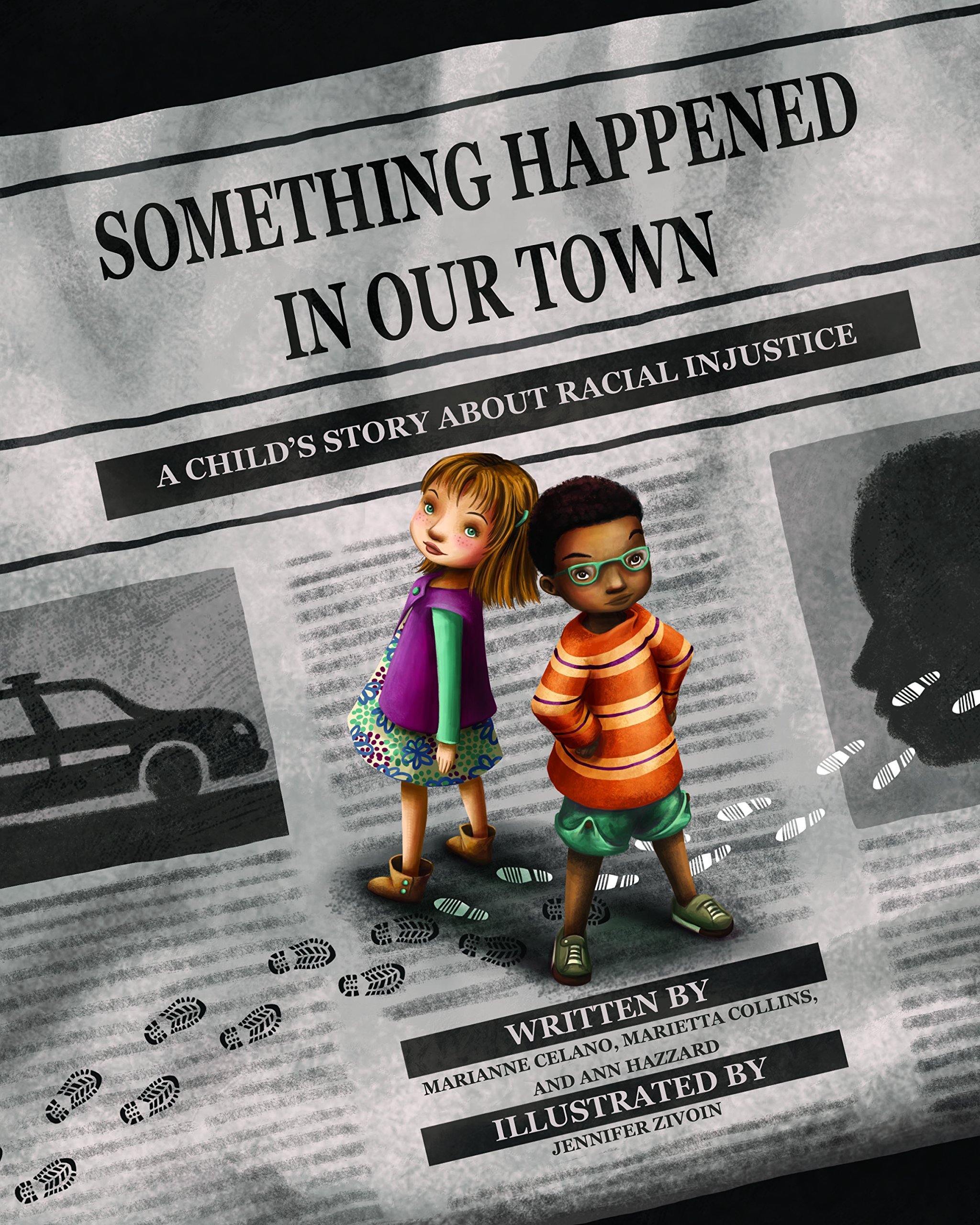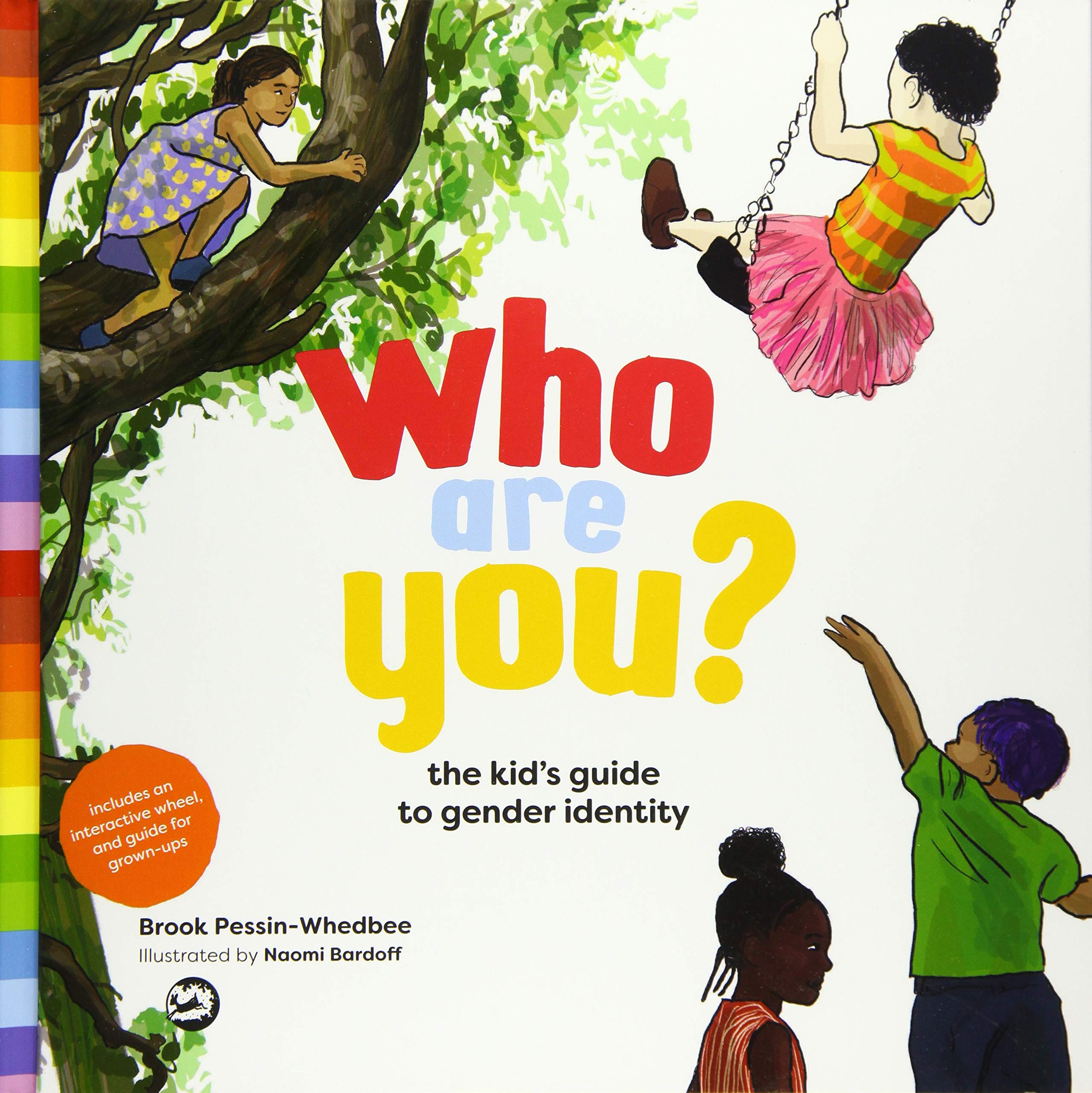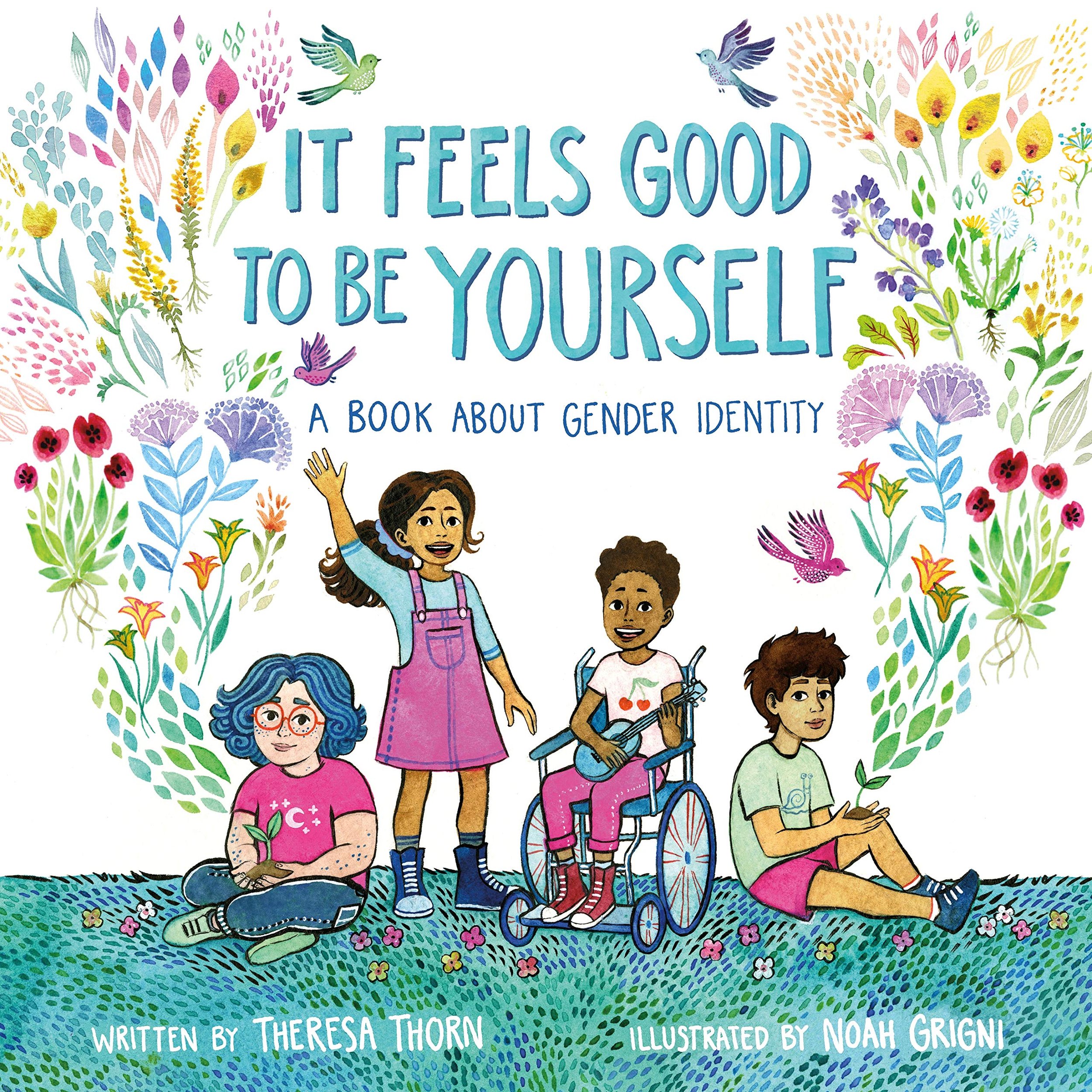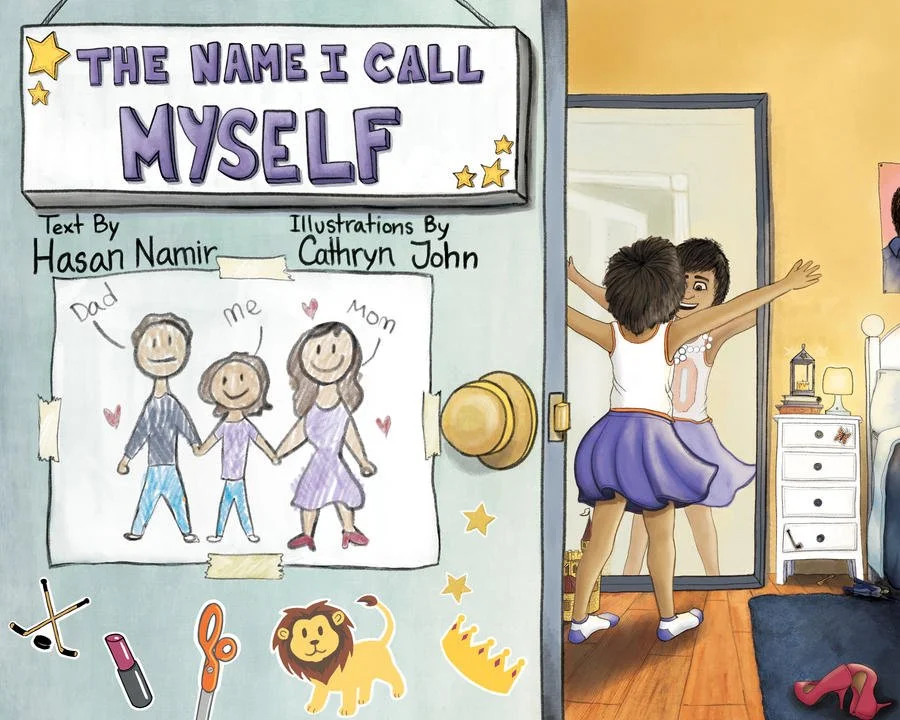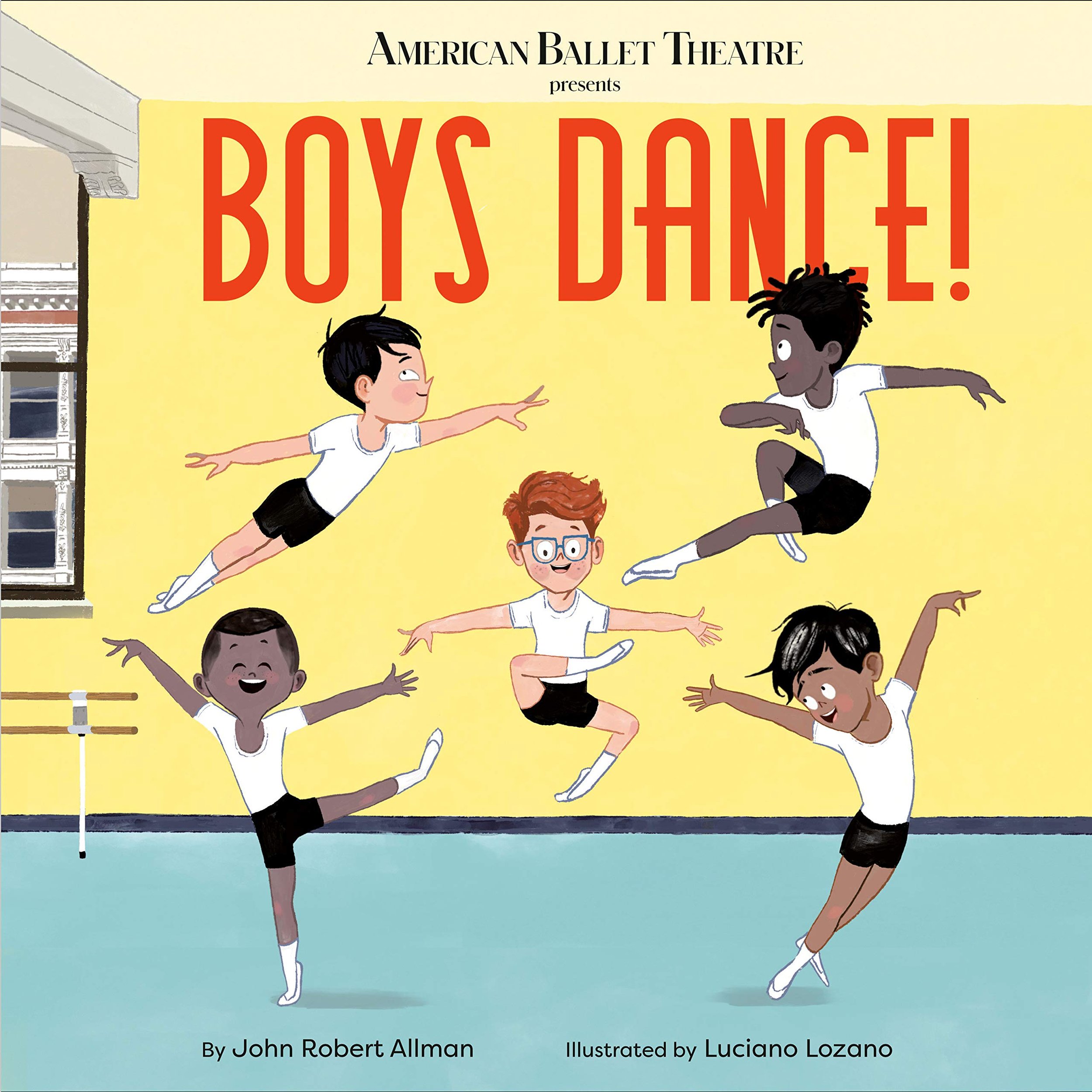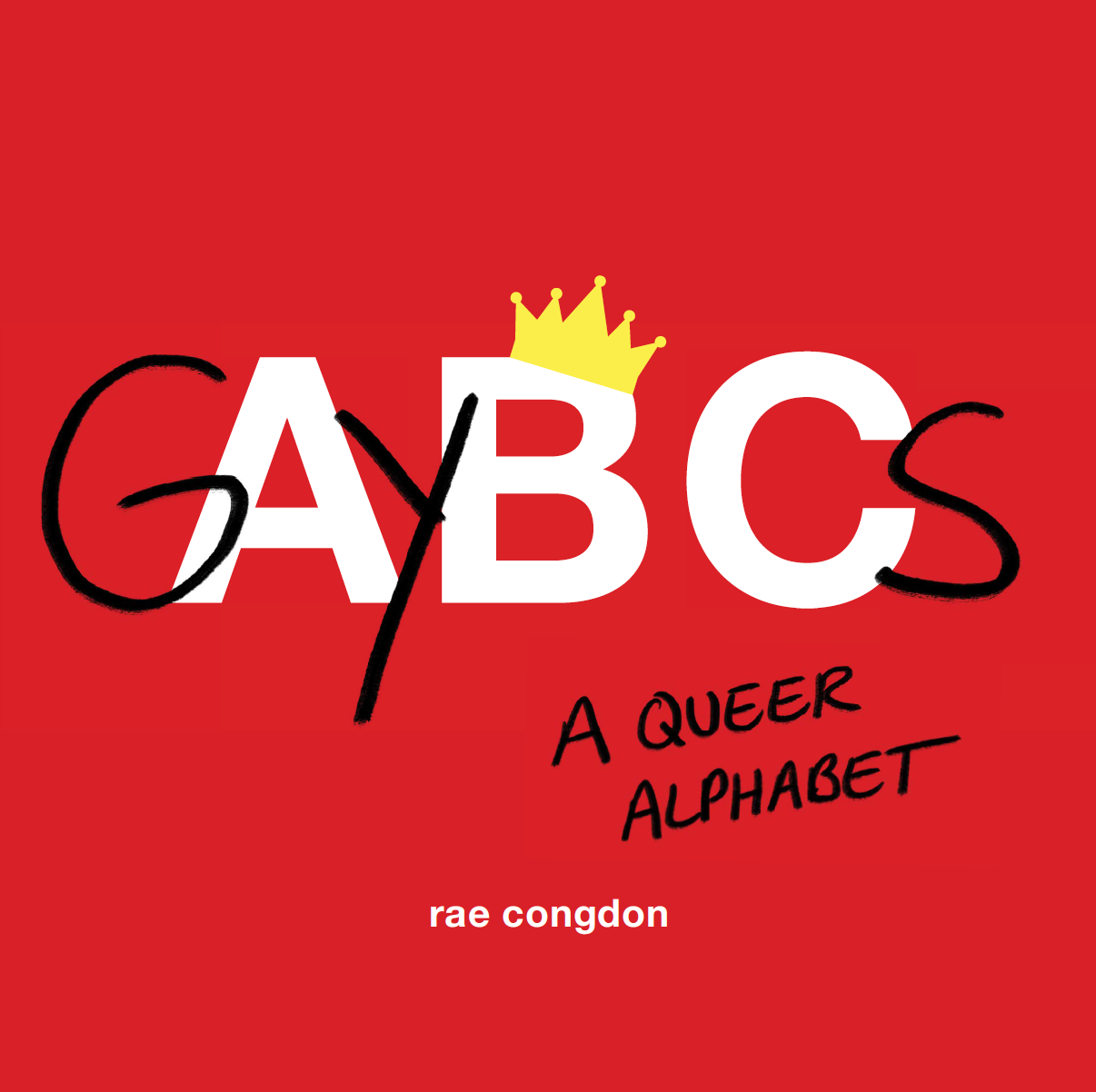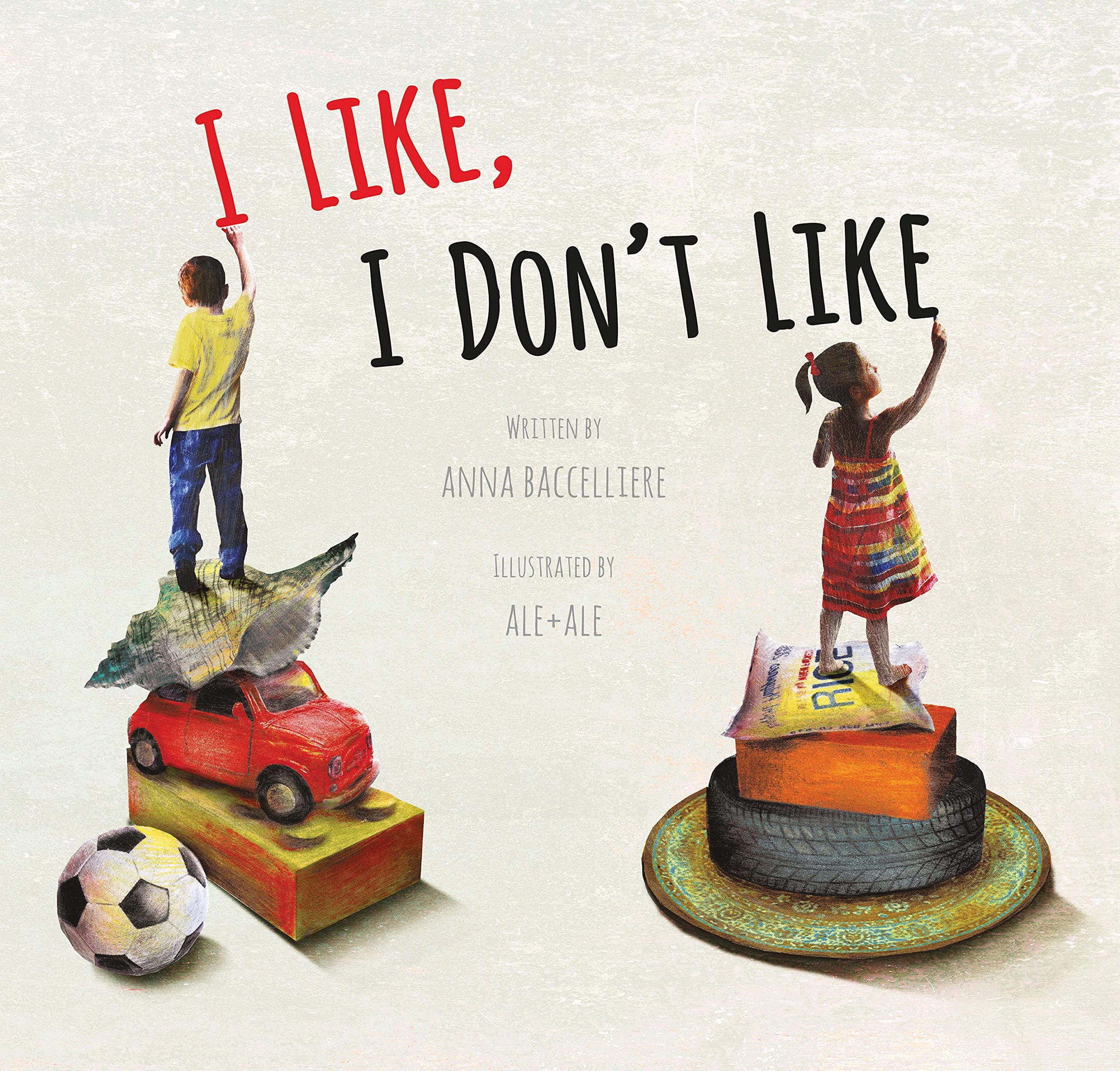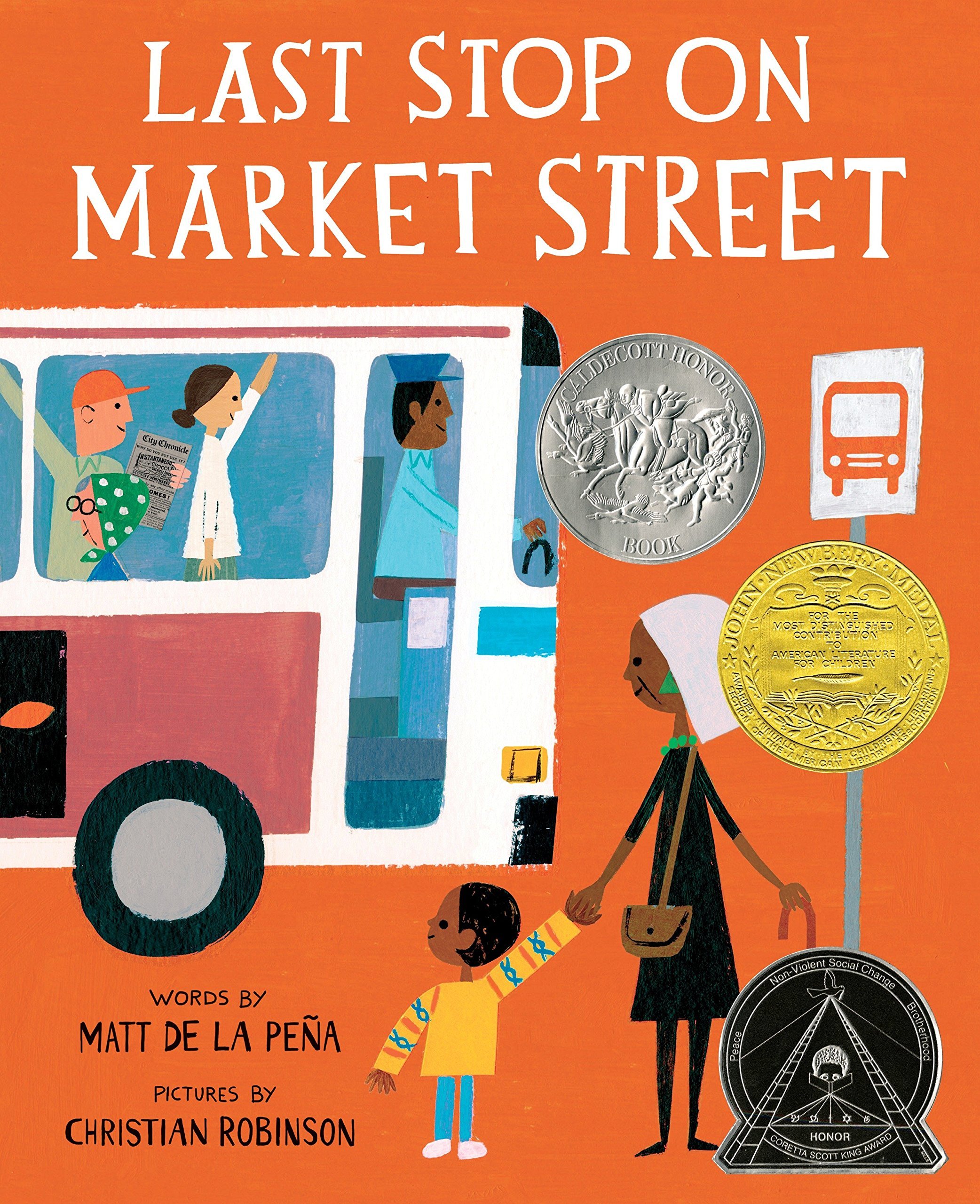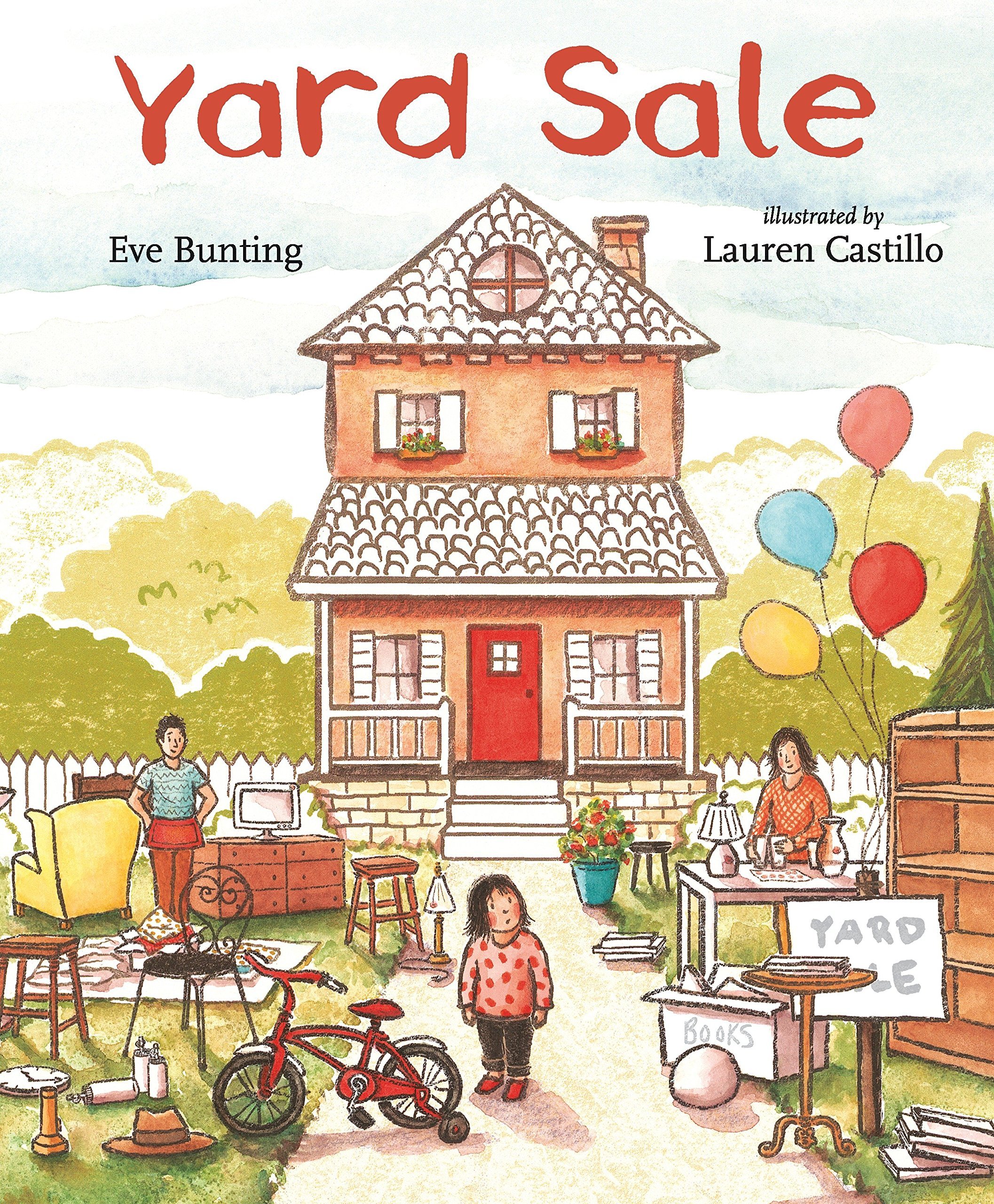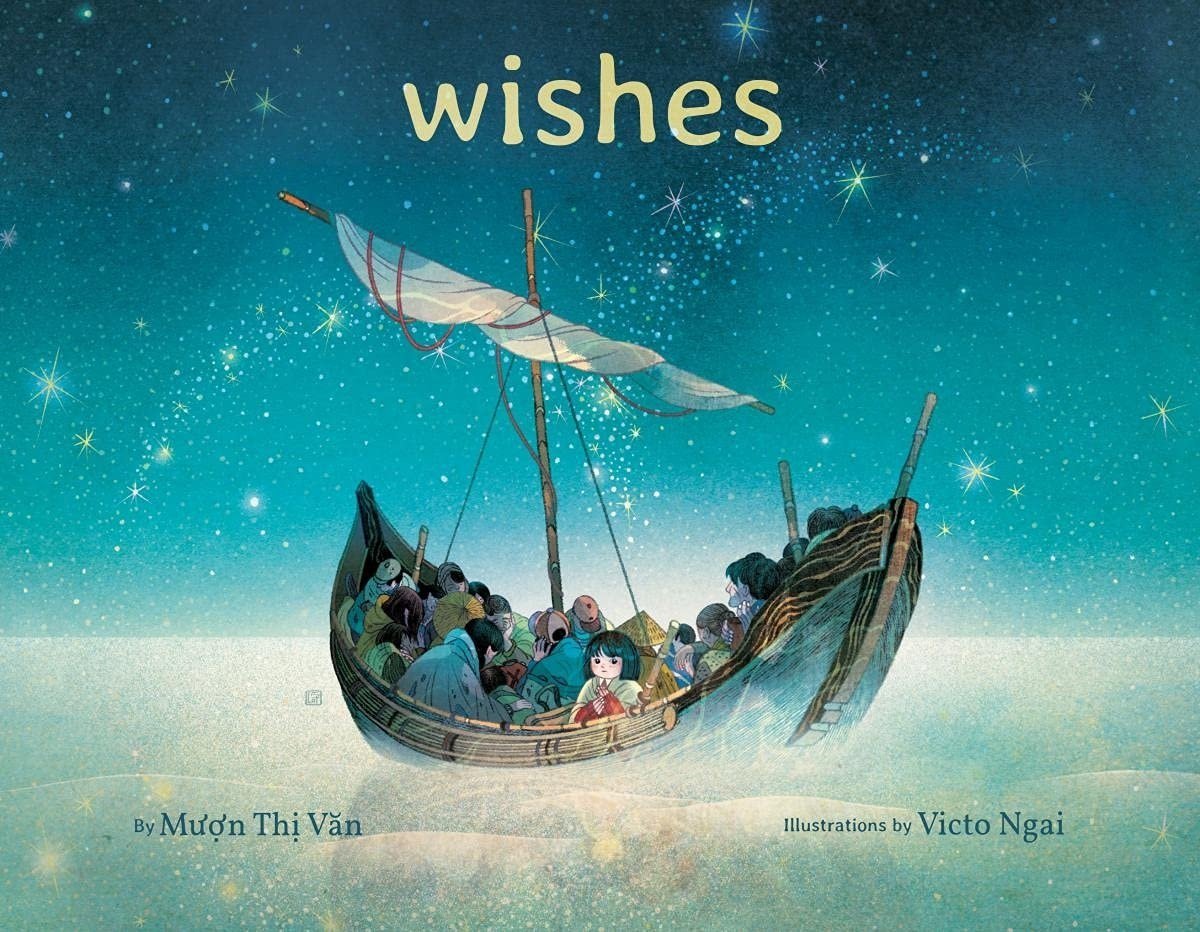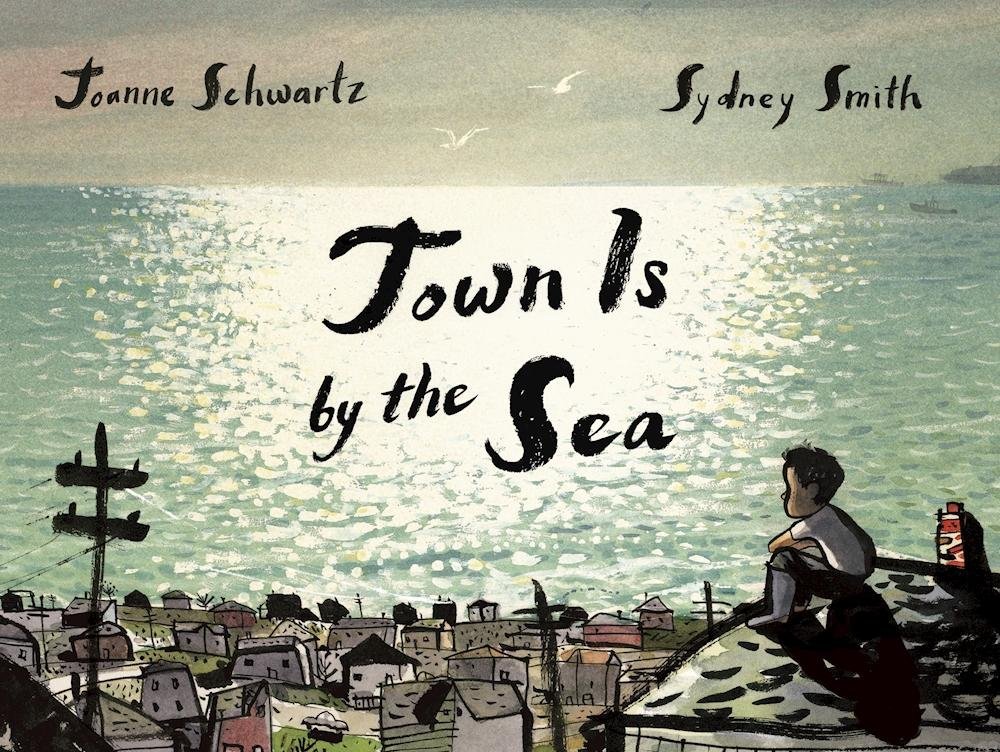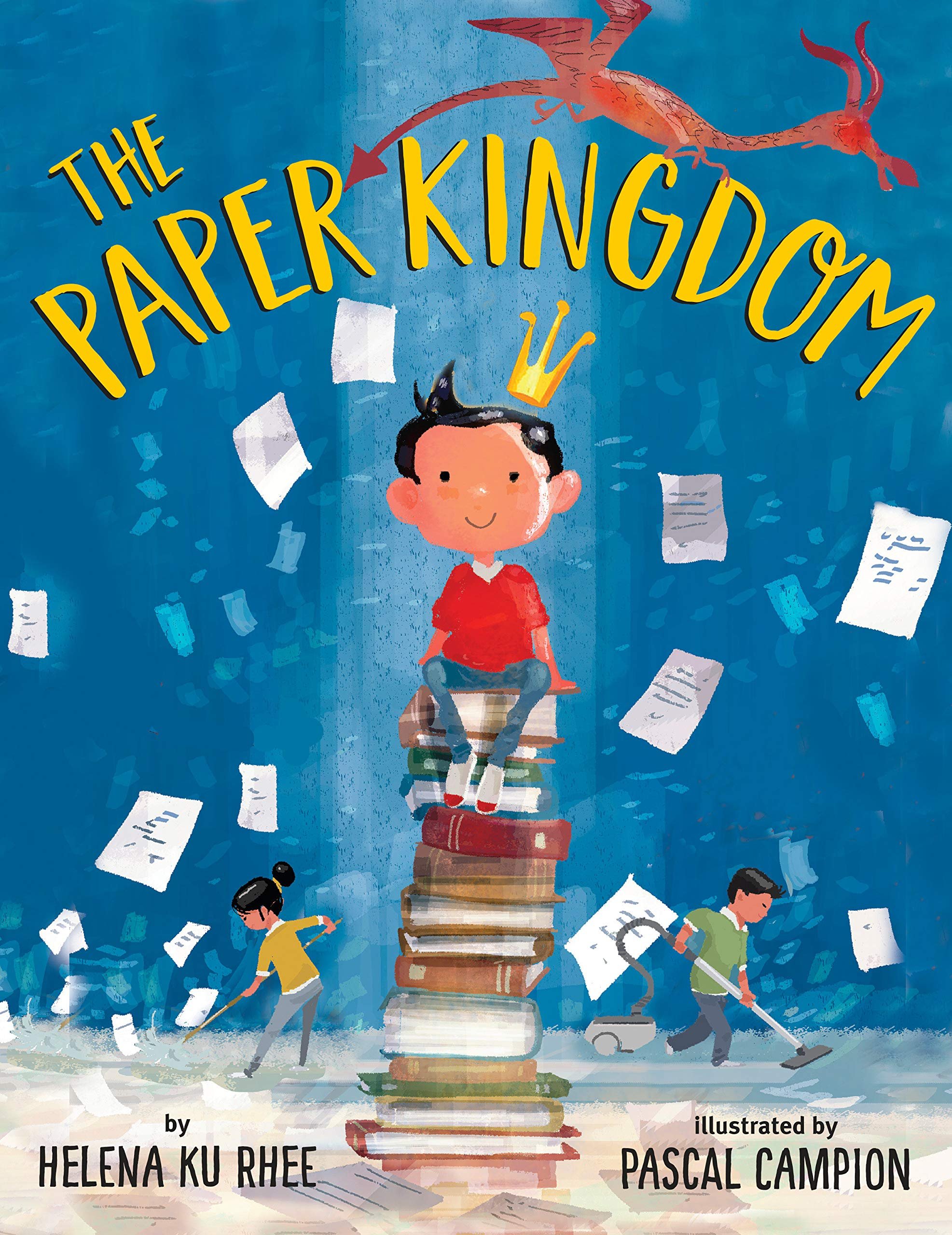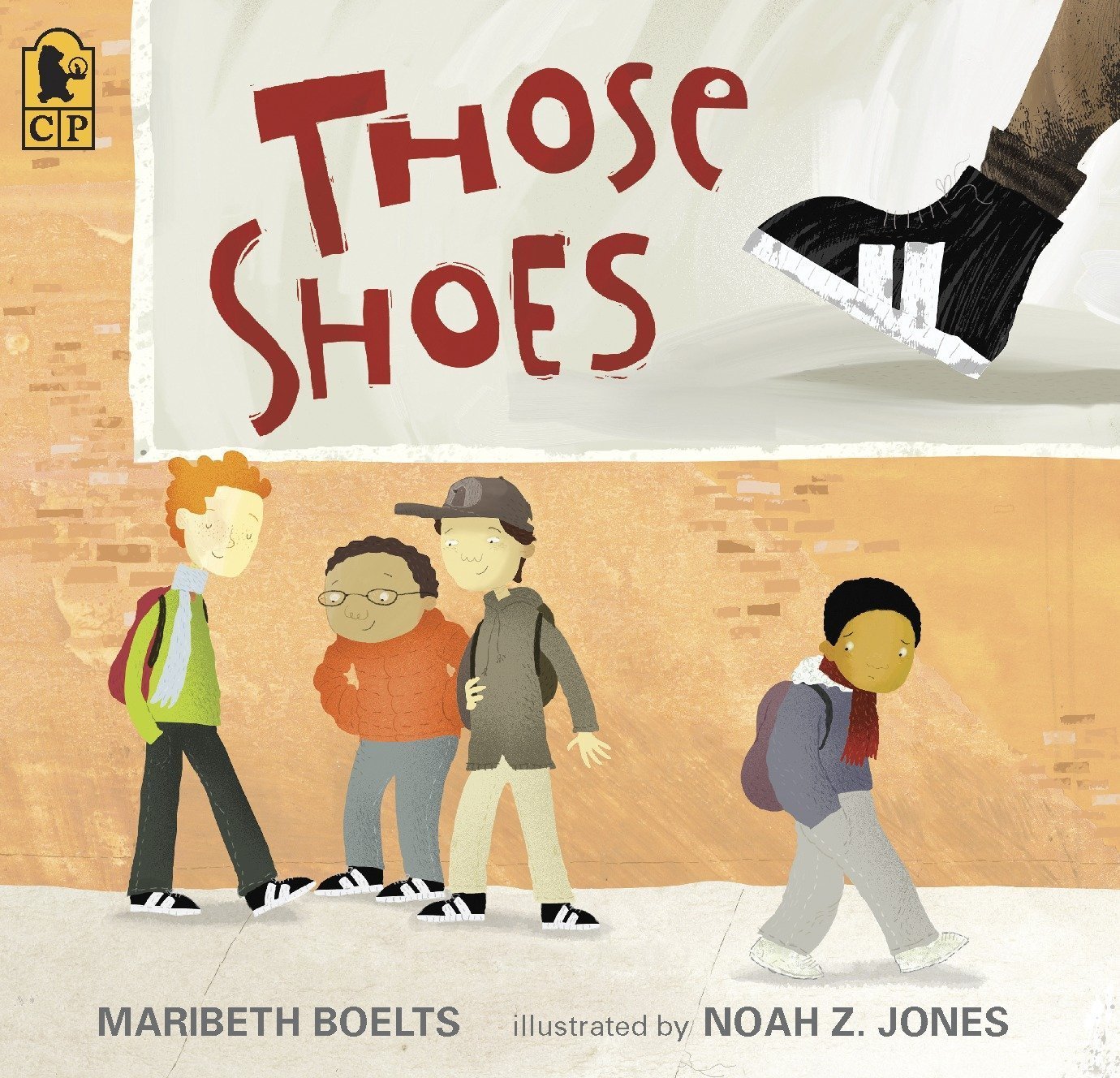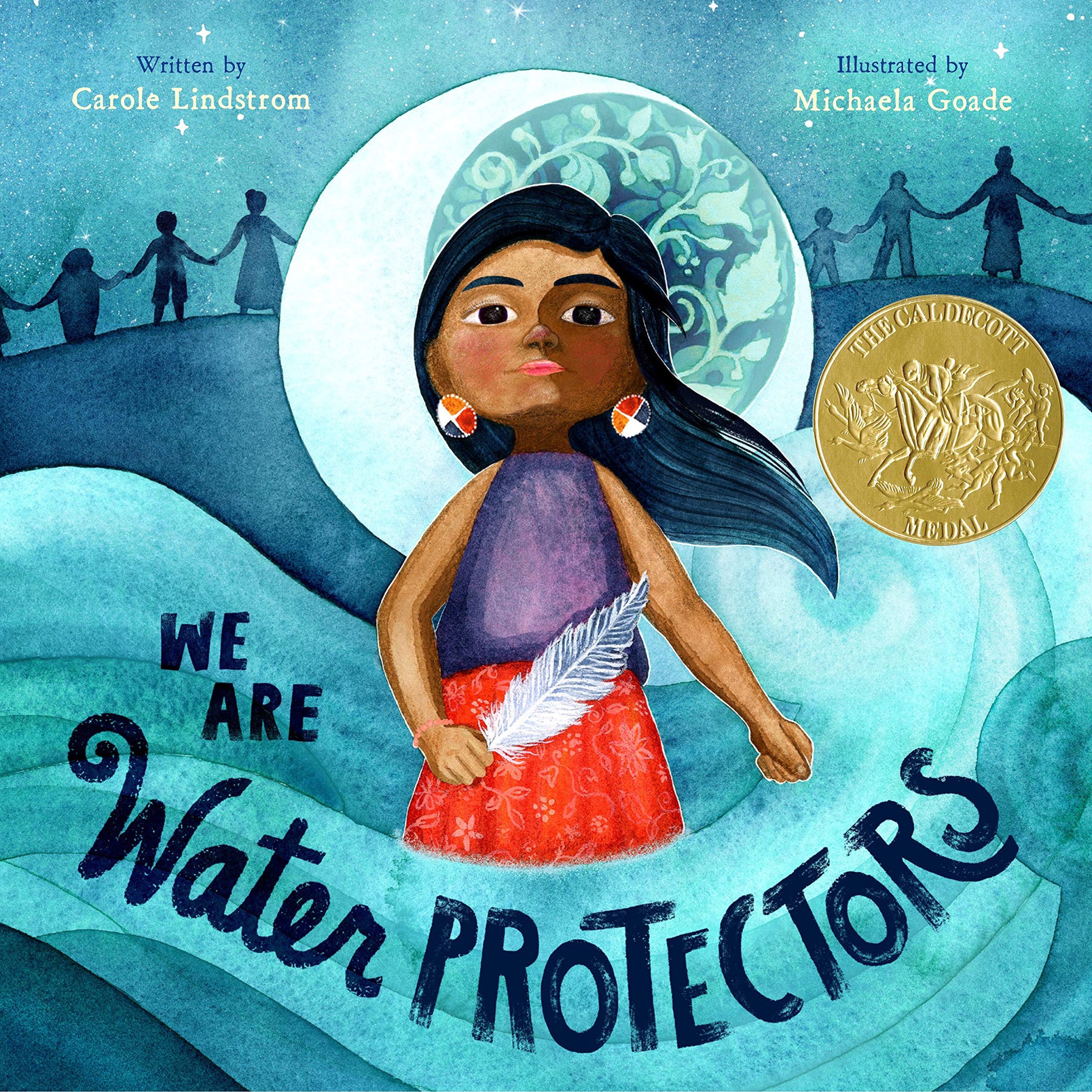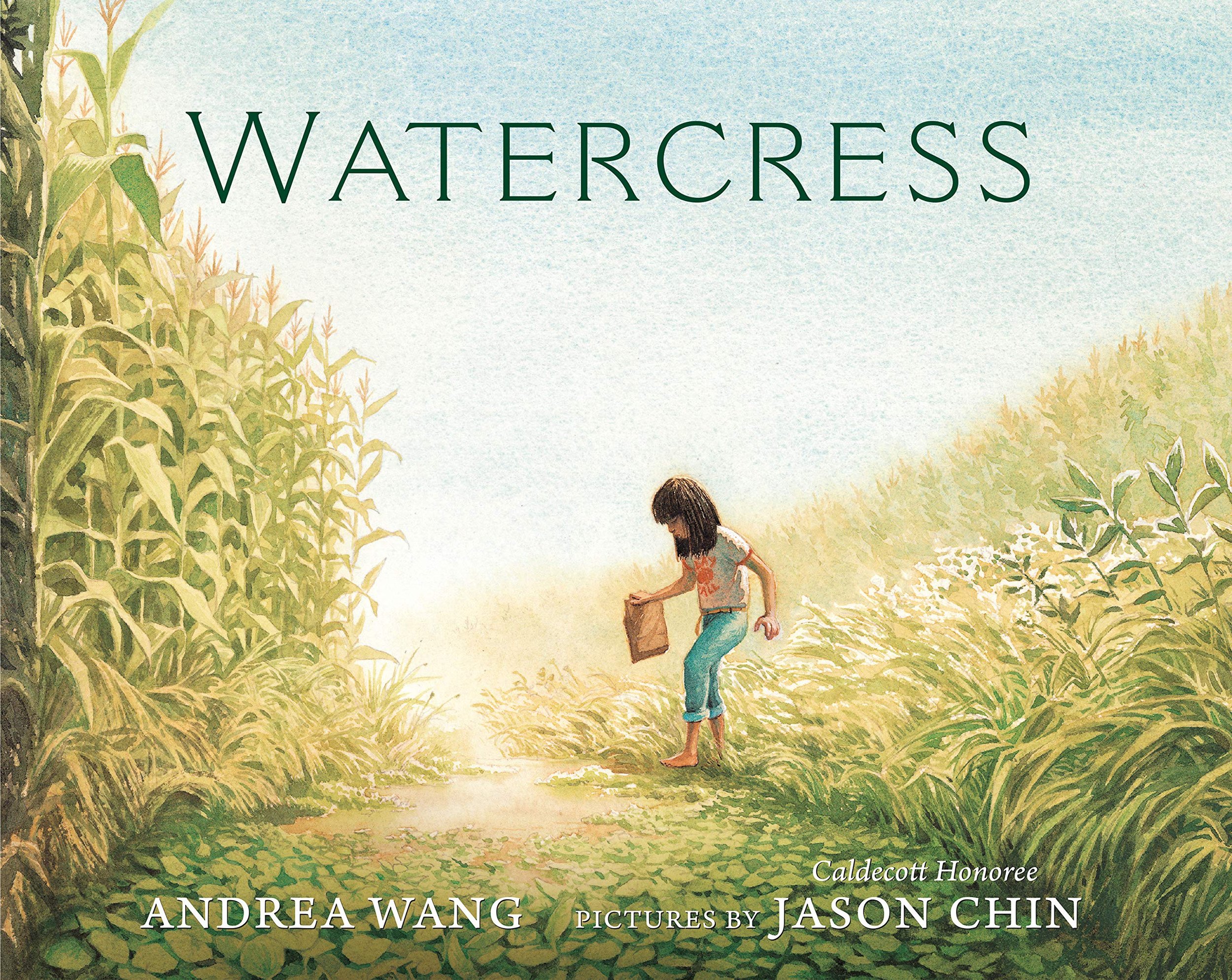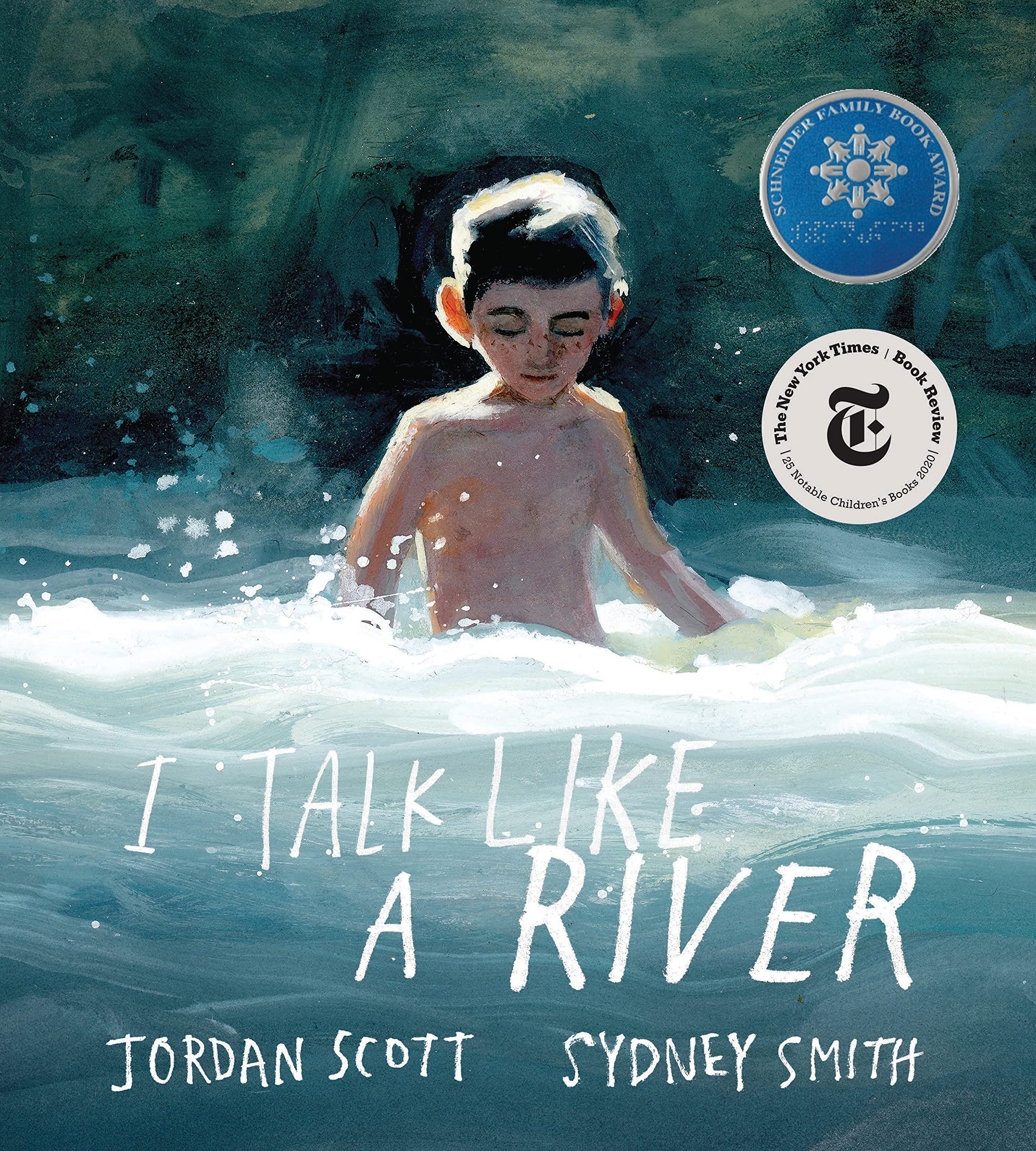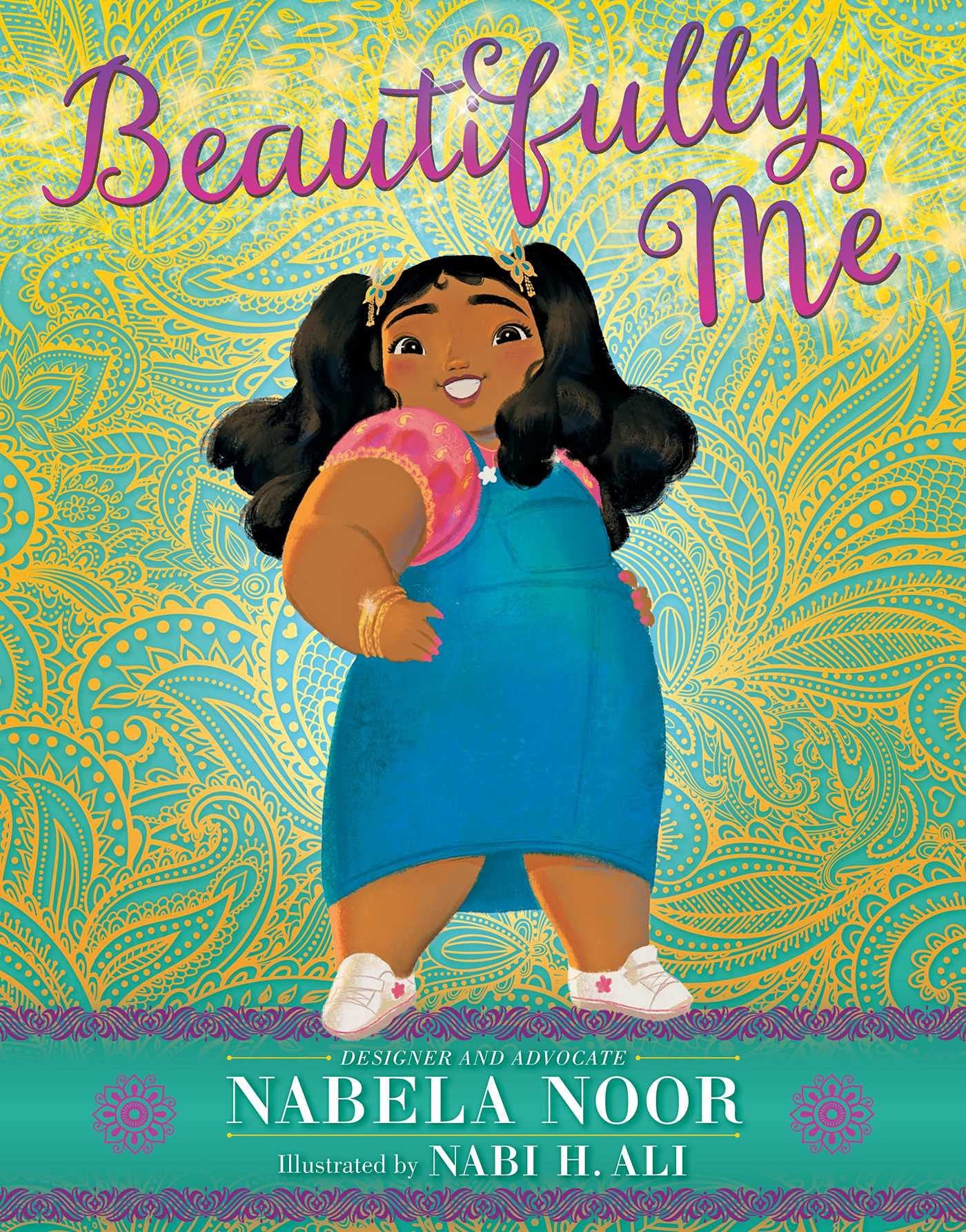Teaching Anti-Oppression Through Picture Books
How to build an anti-oppressive kids’ library - Part 1
By far one of the most popular recommendation requests I get is: what books can I read with kids to help them learn about racism?
So I thought I would finally put together a master list of some of my favourites. Many of these books tackle issues of racism, but many of them are about other systems of oppression, like classism, sexism, ableism, heterosexism, and more. Because I don’t think you can or should teach about things like this in isolation.
I am intentional about the way I’ve curated this list. I’ve called it a ‘teaching’ list but that name is imperfect because I don’t mean to say that these books are only educational, or that you can’t learn and teach through other books. The reason I group these books this way is to emphasize the importance of making sure that the diversity in your library is not limited to these books.
And that is because - yes, it is vital to let kids learn about systems of oppression, about pain and harms that have been done, about the challenges that are faced by others with different lived experiences. But at the same time, the picture of diversity cannot only be trauma.
My challenge for teachers and parents is always this: for every book you read that is about a specific experience of oppression, read another that features that identity through joy. Kids deserve to see themselves represented in books as more than just a teaching point or a tragic story. All kids deserve to be protagonists in the great imaginary adventures of the books they read!
That’s why I’ve made these blogs into a four-part series.
Part 1 - picture books to help teach about anti-oppression
Part 2 - middle-grade novels to help teach about anti-oppression
Part 3 - picture books that feature kids of diverse lived experiences just for fun
Part 4 - middle-grade novels that feature kids of diverse lived experiences
I hope you read all these books.
And as always, I’d love to hear from you after you do!
Content warning: Just in general, content warnings out the wazoo because there is so much oppression mentioned by nature of this list. But in particular when I feel it’s needed I’ve included specific content warnings on books with heavy trauma or harm, or when even the words in my review could potentially be triggering. Read on with caution and please let me know if you see a specific content warning that you think I missed, and I will add it. Thank you!
Racism
The Proudest Blue
A little girl watches her older sister wear a hijab to school for the first time. Terrific story about sisterhood and internal strength, how to have pride and stand up for each other and how the hijab is a piece of very special joy.
Viola Desmond Won't Be Budged!
Canadian historical biography of Viola Desmond. Great, simple language and vivid illustrations. My favourite Viola Desmond book and an excellent read-aloud.
Shi-shi-etko
CW: kids being forced into residential ‘schools’.
A beautiful and sad book about residential ‘schools’ told from the perspective of a little girl leaving her family. Poignant and accessible, a must-read for conversations about reconciliation with younger kids. An excellent intro that serves to teach and share at a level that the youngest readers can understand and connect with.
Don't Touch My Hair!
Consent, body autonomy, and diverse hair! A great picture book that talks about these important topics but also has so much humour and lightness. An excellent read, I’ve had great conversations with classes every time we’ve read this.
Africville
A girl visits the site in Nova Scotia where Africville used to be and is enchanted by the stories and memories of the Black community of the past who once lived there. A great introduction to a part of Canada that many kids won’t have heard about. This book doesn’t delve into the parts of the story that explains why and how the community of Africville was maligned and destroyed, but rather presents a kind of idyllic image of what it could have been like. Good intro to the topic but should be accompanied by some history. But still a great segway into the topic of gentrification and displacement.
Skin Again
This book and Julius Lester’s Let’s Talk About Race are similar in that they are both published around the same time in mid-2000 and are both reflective of the conversations of the time with kids, i.e. they are both of the ‘I am more than my skin and inside we are all the same’ kind of message. Today I think this message rings a little reductive and we encourage more conversations away from the ‘I don’t see colour’ mentality.. However, I don’t think these messages are inherently bad and there is still a lot of value and beauty and richness in these texts that make them worth still using. In particular, the youngest kids will understand and feel this book. The idea that you shouldn’t judge people based on their skin is obviously still a good thing to teach, just alongside the understanding that, unfortunately, people do get judged by their skin and so we need to understand reality accordingly.
Sulwe
Beautiful book about colourism or shadism, such a love letter to dark-skinned children and a celebration of their unique beauty. The illustrations and writing in this book are so beautiful they just envelop you with warmth.
Eyes the Kiss in the Corners
Tackles something that I’ve spoken about lots before: the trope of the Asian slit eyes. Beautiful and vital representation for East Asian kids. A lovely ode to the things that make our faces unique and beautiful.
Black is a Rainbow Color
My favourite book on the celebration of Black excellence. A great balance of the challenges that Black communities have overcome and continue to push against, versus so much joy and brilliance.
Not My Idea
CW: the story is based around the police killing a Black man.
Good intro to white supremacy and white fragility. This book is great for white folks who want to begin having conversations with white kids about privilege and complicity. I do think a lot of the text is vague and unclear, which is hard for kids when the topic is so huge and complex already. But it confronts and calls out white supremacy boldly in a way that needs to be done and that many aren’t comfortable doing. There are a lot of picture books about racism but I haven’t seen many that call out the white folks reading and names their complicity in the history and ongoing trauma of racism. I would call this an excellent resource for small conversations, not for classrooms and read-alouds. Also because kids of colour already know about white supremacy and white fragility and don’t need to sit through a carpet conversation about white tears. Also maybe you know adults who need to read this book and maybe you should give this book to them.
Here I Am
Wordless picture book about new immigrant who loses a precious keepsake and in trying to get it back, discovers his new home and a new friend. I love the way this story balances the fear and anxiety of the new immigrant experience with the joy and adventure of discovering a new home. It’s also a wordless book, which is a gift in itself as truly an accessible story for kids who speak different languages.
Not Quite Snow White
Little girl gets told she can’t be Snow White in the play because she’s too brown, too fat, too tall. Simple and cute story told well and with a loving supportive family. A good one for situating the idea of racism into the environments of classroom and play, which is something youngest kids can relate to.
I Am Not a Number
CW: kids being forced into and being mistreated at residential ‘schools’.
A more complex read about the experiences of residential ‘schools’ and a story of resistance and strength in the face of trauma. This one is a great one for older readers in intermediate grades and beyond. A harder read but full of vitally important experiences to learn about.
Where Are You From?
A loving and sweet story of a kid asking her abuelo where she is from and getting all kinds of wonderful answers that are not place names. Great immigrant intergenerational story and good for discussions about that loaded ‘Where are you from?’ question.
The Wedding Portrait
This is such a kickass book! It is a story about revolution and protest, strength and community, love and resistance. I love this author and the way they are able to talk about really radical protest, civil disobedience, and action alongside such deep, affirming love and joy. My favourite kids book about protest and the importance of action. I read this whole book with my fist up in the air!
Benno and the Night of the Broken Glass
CW: Holocaust and anti-semitism.
Story about Kristallnacht, The Night of Broken Glass, told through the eyes of a cat. The thing about this story is that it portrays a vibrant community before and after this night and tells of how people were treated differently (i.e. some people’s shops were left untouched and they went about their days just fine afterwards) and how the community is changing and becoming more hateful and afraid. The book approaches the subject matter in a gentle and simple way that is really accessible for kids. Definitely content warnings needed though, as well as more info and conversation.
Little Wolf
I love this one for depictions of contemporary urban Indigeneity and the struggle of being Indigenous in a class and city full of non-Indigenous people. It’s a great balancer for books about residential ‘schools’ that helps situate the conversation about intergenerational harm and the legacy of the residential ‘schools’ system.
Your Name is a Song
One of my favourite all time name books. Talks to the experience of kids who don’t have Anglo-Eurocentric names and whose names people constantly mispronounce, but then flips the script and shows kids that they deserve to have their names pronounced properly and with joy. Love the idea that everyone’s name gets to be a unique song.
A Place Where Sunflowers Grow
CW: Japanese internment camp.
A girl and her family is trapped in a Japanese internment camp in the US and tries to grow sunflowers, which become a symbol of patience, resilience, and hope. This story is slow and gentle and a beautiful read-aloud.
Something Happened in our Town
CW: the story is based around the police killing a Black man.
A really honest story about how two families, one White and one Black, talk to their kids about police violence. Very accessible language. I don’t love all parts of this book but I do think it’s a tremendous resource for adults who want to figure out how to talk to their kids about these topics. Also really good fodder for further conversation and more info included. And it is an excellent example to showcase privilege and inequity regarding how the same story and situation has to be processed by Black folks vs non-Black folks.
Sexism, Gender, and Queer Identity
Who Are You? The Kid's Guide to Gender Identity
These next two books are really similar and they are both good. Both are excellent primers and intros to the concept of gender identity. This one doesn’t specifically get into non-binary identity but it does kind of touch on the idea of gender expression and what it means to identify with a gender, by asking kids what they like on a page full of different things. Kids like this page and it generates a lot of conversation about what gender means.
It Feels Good to Be Yourself: A Book About Gender Identity
Like the previous book, this one talks about how adults make a guess about your gender when you’re born, but might not have gotten it right. I like the way this one uses four example people to explain what different gender identities might look like. Easy for kids to understand and talk about!
The Name I Call Myself
CW: transmysoginistic bullying.
This one tracks a child as they navigate growing up not feeling right in their body and facing struggles both internal and external about who and how they’re supposed to be. This is definitely an intermediate book as the journey is quite hard and dark at times and it could cause a lot of harm and trauma to kids who are much younger than the protagonist of the story and aren’t shaving or running away from home, etc. But otherwise I really like this book for how it simply and starkly describes the difficulty of living your truth when no one supports you doing so.
Ambitious Girl
Tackles the ways that girls are told to be less ambitious, bossy, crass, etc. Good primer for discussions about double standards and the many ways in which the patriarchy sucks. A great vocabulary book on top of everything else!
When Aidan Became a Brother
Such a sweet and wholesome book! Both a book about a trans boy and a book about a big brother, and both sides of this story are lovely. Supportive and loving family and great examples of how easy it is to just accept people as how they want to be and adjust life accordingly.
Boys Dance!
Such a sweet and happy ballet book! A few things I love about this book: a) obviously, boys doing ballet, but also b) boys doing ballet and lifting other boys and not just girls! And c) ballet as strenuous athletic rigour! Oh, and d) apart from the title, there is no suggestion anywhere in the book that the idea of boys dancing is anything unusual at all. It’s just a book about dancers who are boys. They are racially diverse and one of them wears glasses, which as a girl with appalling eyesight but bigtime Broadway dreams, I would have adored. Also I have to plug the equally good My Daddy Can Fly! also by the American Ballet Theatre.
GayBCs: A Queer Alphabet
There are surprisingly quite a few books titled GayBC but I love this one. So simple, but also sassy and funny. Highly recommend as a gift for tiny kids who need to learn that N is for non-binary and V is for vogueing. The graphics are so simple and great because every page has a crossed out ‘classic’ alphabet word, e.g. ‘b is for ball’ with a corresponding illustration that has been altered to fit the new word. It’s so clever and cool and in a classroom I would get them to give old alphabet books this makeover!
Jacob's Room to Choose
This is a terrific book for talking about why it is important for everyone to have a bathroom they feel comfortable using, and why this is something that matters. Simple, clear, effective. A really great lead-in to reimagining your school’s bathrooms and signage if they haven’t already been changed!
Classism and Poverty
I Like, I Don't Like
Appears to be a really simple book but is anything but! Not for younger kids as content is at times really heavy. Contrasts two perspectives on the same thing, one of a child saying a simple thing like ‘I like…’ and on the flip side a child saying ‘I don’t like..’, with the illustrations showing the true story - a kid playing with cars versus a kid having to clean cars, a kid picking flowers for fun, versus a kid having to sell them on the street. A starkly simple and powerful story about inequity, privilege, poverty, and the rights of children.
Last Stop on Market Street
This book is about CJ and his grandma and as an immigrant with poor grandparents, I can tell you this book feels like grandparent wisdom. It feels like the struggle of wanting shiny things and new stuff, and being told by your grandparent all the reasons why you need to slow down, appreciate what you have, and give thanks for the gifts. It’s beautiful and so simple.
The Most Beautiful Thing
A terrific story for everyone but especially for the children of immigrants and the descendents of ancestors who gave up a lot and persevered through lives of poverty and hardship. It is a unique story of the second and third generation immigrant child who is removed from the trauma of her elders but still feels the effects and legacy of it. It is such a story of devotion and the sacrifice of family and the resilience of people, and it’s got so much hope and love in it. An excellent book to read at all times but especially any time you’re talking about family and grandparents.
Yard Sale
A really simple story that is about a family having a yard sale to get rid of all their stuff, but that is actually a story about a family having to sell their house and downsize because of financial struggles. It’s told through the perspective of a child, who doesn’t understand money and only knows that they have to move away from the home they love. It’s sweet, it’s sad, it’s real, and like all good stories it can be accessed at so many different levels for different readers.
Wishes
Stunning picture book about a refugee family on the journey to find a new home. Does a tremendous amount of work in such a small number of words. Really tells a powerful story about difficult choices, heartache, loss, hope, and gratitude. A gentle but impactful punch of a book.
Town Is by the Sea
Set in a mining town in Cape Breton, contrasts the beautiful seaside sunny day with the darkness of the mining labour going on underground. A lot of mentions of a town that is struggling and the sacrifices that families and communities make, dotted amongst moments of joy and pure childhood lightness.
The Paper Kingdom
At its heart a story about how two loving parents bring lightness and joy to their kids no matter how much they are struggling in reality. So many unique and underrepresented elements here, like two parents working night shift jobs, the class divide of business folks in fancy offices versus janitorial staff working in the dead of night to clean up their messes. A really gentle, fun, joyful story that effectively captures some of the big parts of why capitalism sucks, without ever being didactic or boring about it.
Those Shoes
I adore this book, it’s such a fantastic read and so relatable to any kid who has felt embarrassed, wanted more, and desperately pined after things they couldn’t have because of money. It tackles the idea of need versus want, of generosity no matter how much or little you have, of worth and value, and also about how things really aren’t fair. I also love that it talks about how shitty it feels to get embarrassing castoffs from the donation bin, no matter how useful they are. It’s such a real feeling for kids and combats the saviour narrative that is in a lot of books about poverty.
We Are Water Protectors
I wish there were more books about climate justice and I know we are going to start seeing more and more of them. To be honest, I’ve found it hard to find climate justice books that aren’t boring and didactic. I love this one, though, and the decolonizing approach it has to the climate crisis. It puts Indigenous-led movements and leadership at the forefront and the way it talks about the crisis as a giant black snake with poison is a great symbol that kids will understand easily.
Watercress
CW: inferred death of child in flashbacks illustrations
Another story about intergenerational trauma and the immigrant family experience. This one speaks to the feeling of shame and embarrassment that kids so often relate to when they are straddling two cultures and fitting into neither, and are caught in the struggle of parents who yearn for their roots and heritage, but at the same time want to shield and protect their kids from the poverty and trauma of their past. That feeling of not knowing exactly what you come from but knowing it is rooted in struggle is such a real feeling for a lot of immigrant kids and I think this book captures it beautifully. It is REALLY sad though at one point and there is an inferred death of a family member, so warning to use caution reading this book with kids who will not be traumatized.
Ableism and Anti-Fatness
I Talk Like a River
A boy who stutters finds a wonderful way to describe how talking is different to him as he and his dad process a ‘bad speech day’. A lovely book that doesn’t portray a disability as something that needs to be overcome or gotten rid of, but rather something that is just different and unique.
Her Body Can
A really well written and loving ode to the body and all that it can do. I particularly like this book for its representation of fat bodies in motion, in sports, in grace, and all the ways that fat bodies are so seldom shown in books.
Just Ask!
Written by US Justice Sonia Sotomayor based partially on her experiences as a child with diabetes. I like this one for the way it portrays such a range of diverse abilities. I think books like this are really good for helping shift the narrative with kids in the way we talk about abilities and accessibility. In schools especially when designations literally categorize and label kids, I think it’s sorely needed to have more conversation about how everyone has access needs - it’s just that for most of us our access needs happen to be met by standard practices, structures, places, and societal values. This book describes a whole range of access and ability differences and does not seek to compare or rank but rather to connect and make readers think about how we all have varying abilities. I think kids will learn a lot about diverse lived experiences and also how to have conversations with people who have differing access needs to their own.
Beautifully Me
A poignant and well-written story about self-love and the ways that adults, sometimes unwittingly, teach their kids anti-fatness. A good read for families and classes as we learn to give more care to our own and each other’s bodies.
Bodies are Cool
Just phenomenal representation of diverse community and bodies. I love the way this book isolates all different parts of hte bodies to really encourage not just body neutrality but also just awareness and appreciation of all the parts of your body. This one is great for even older students as there is so much richness in the lyrical text. Lots of vocabulary and detail to go along with the excellent illustrations.
In My World
This is not an Own Voices book but I think it’s a well told and powerful story that portrays the contrast between how children with autism see themselves and their world versus how other people see them. I am always looking for books that position society as the problem rather than neurodiversity, and this one does this very simply. Though this book is not written by an autistic author, I think it does a good job of framing the narrative for neurotypical students to see how their views are limiting the way they see and treat their neurodiverse friends.
Laxmi's Mooch
This is a LOVELY book. Diverse bodies shown all throughout and Hindi words woven into the dialogue. Such a sweet story about a girl learning to love her little moustache. Big YES to talking to little kids about body hair!! I want to give this book to every child.


